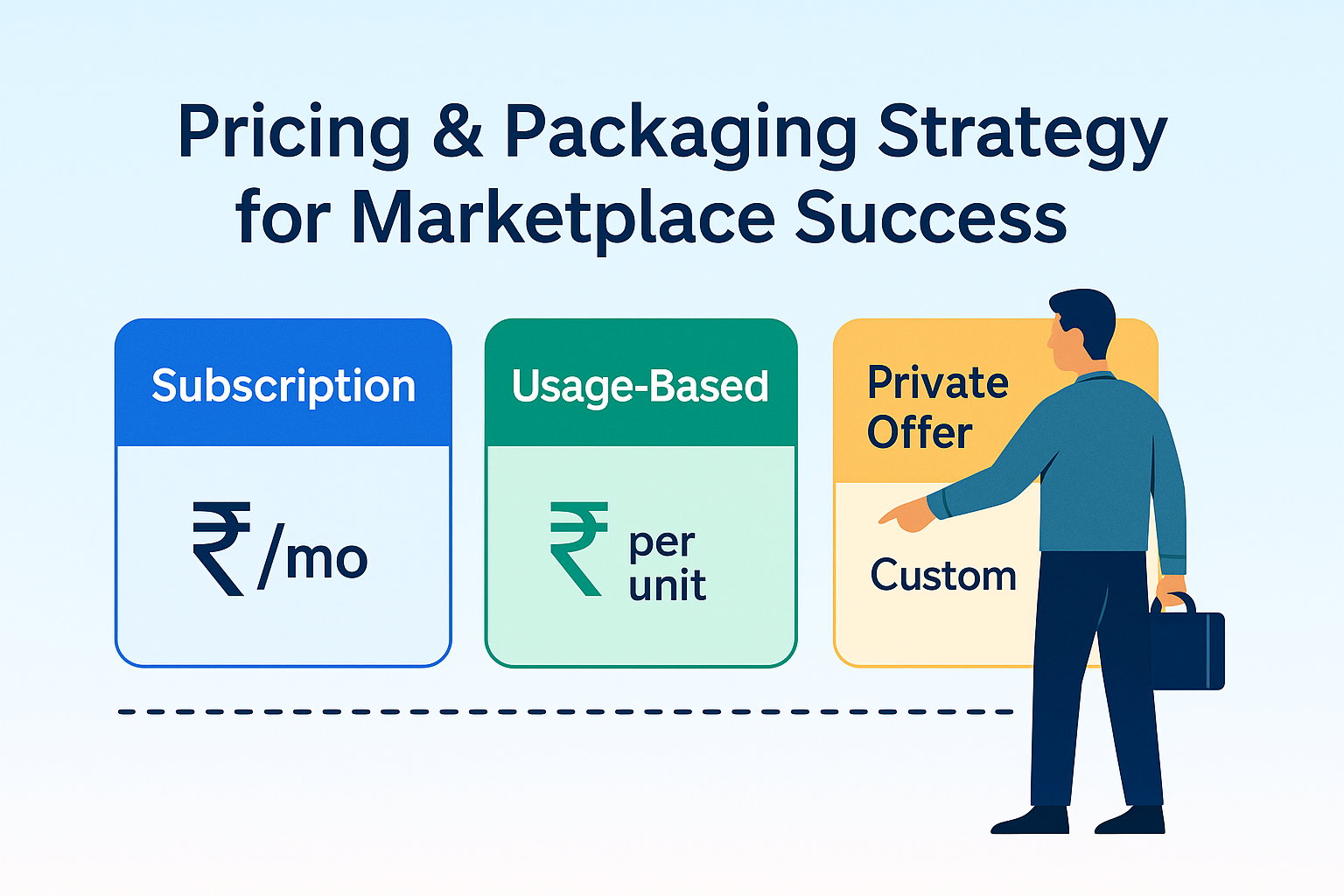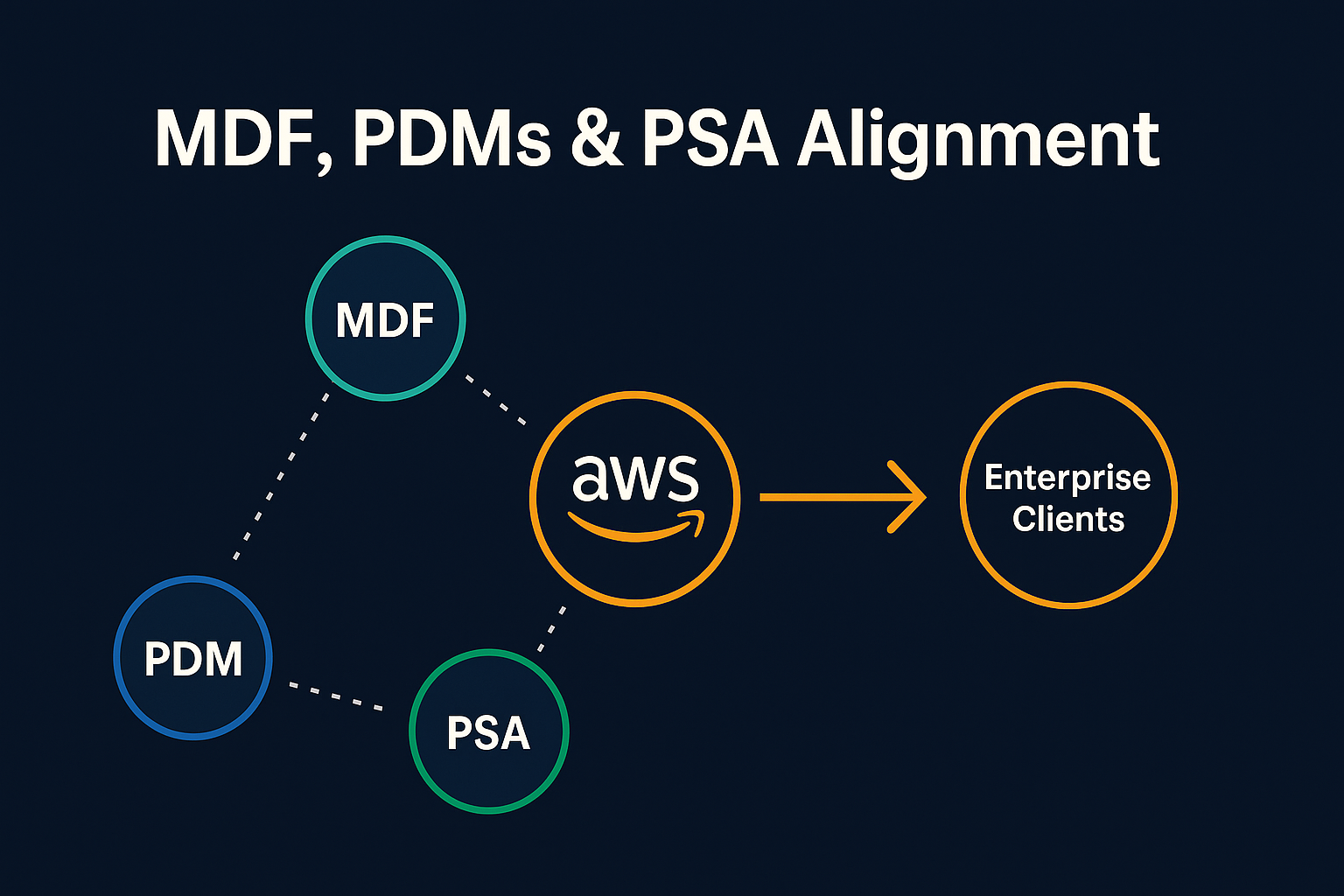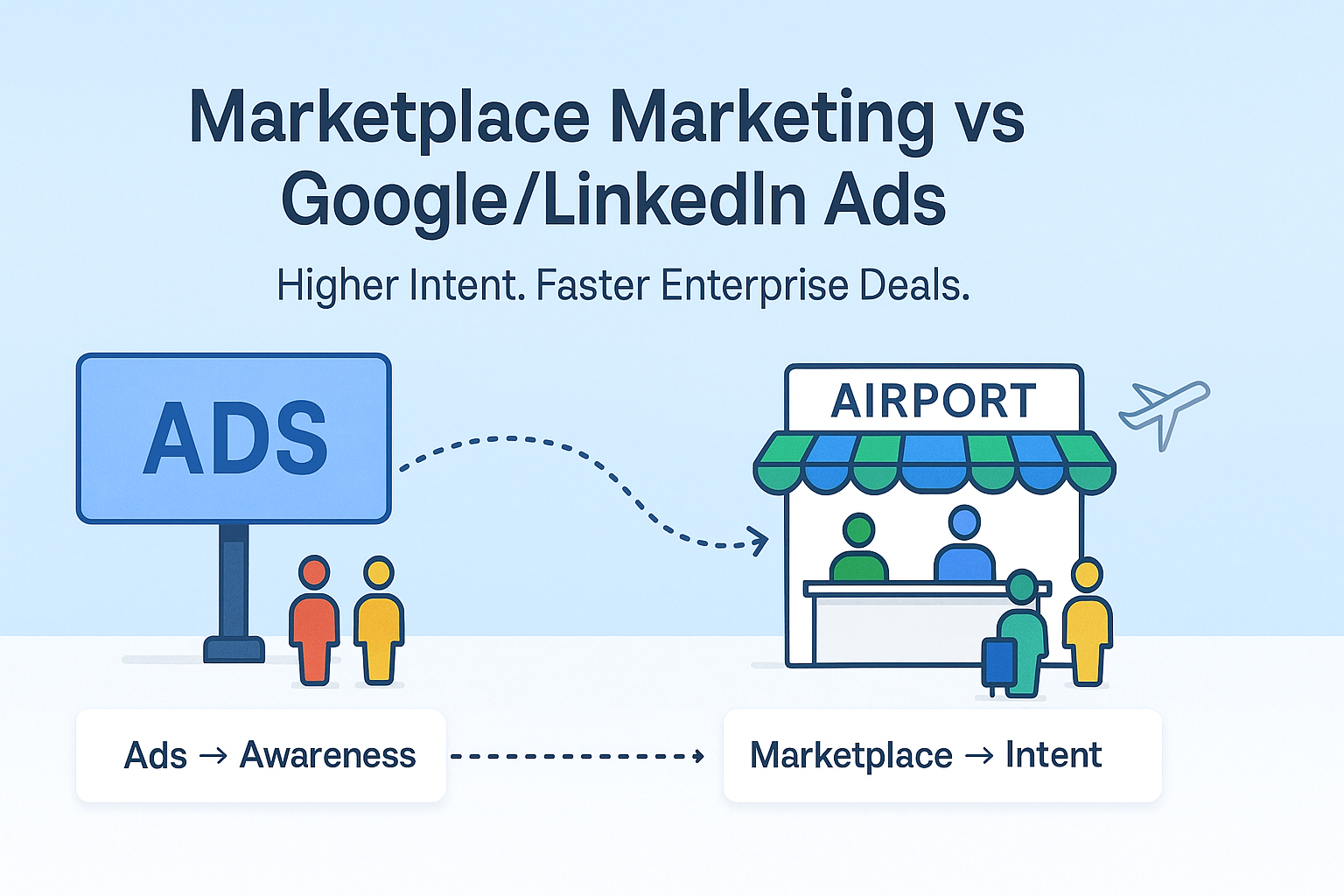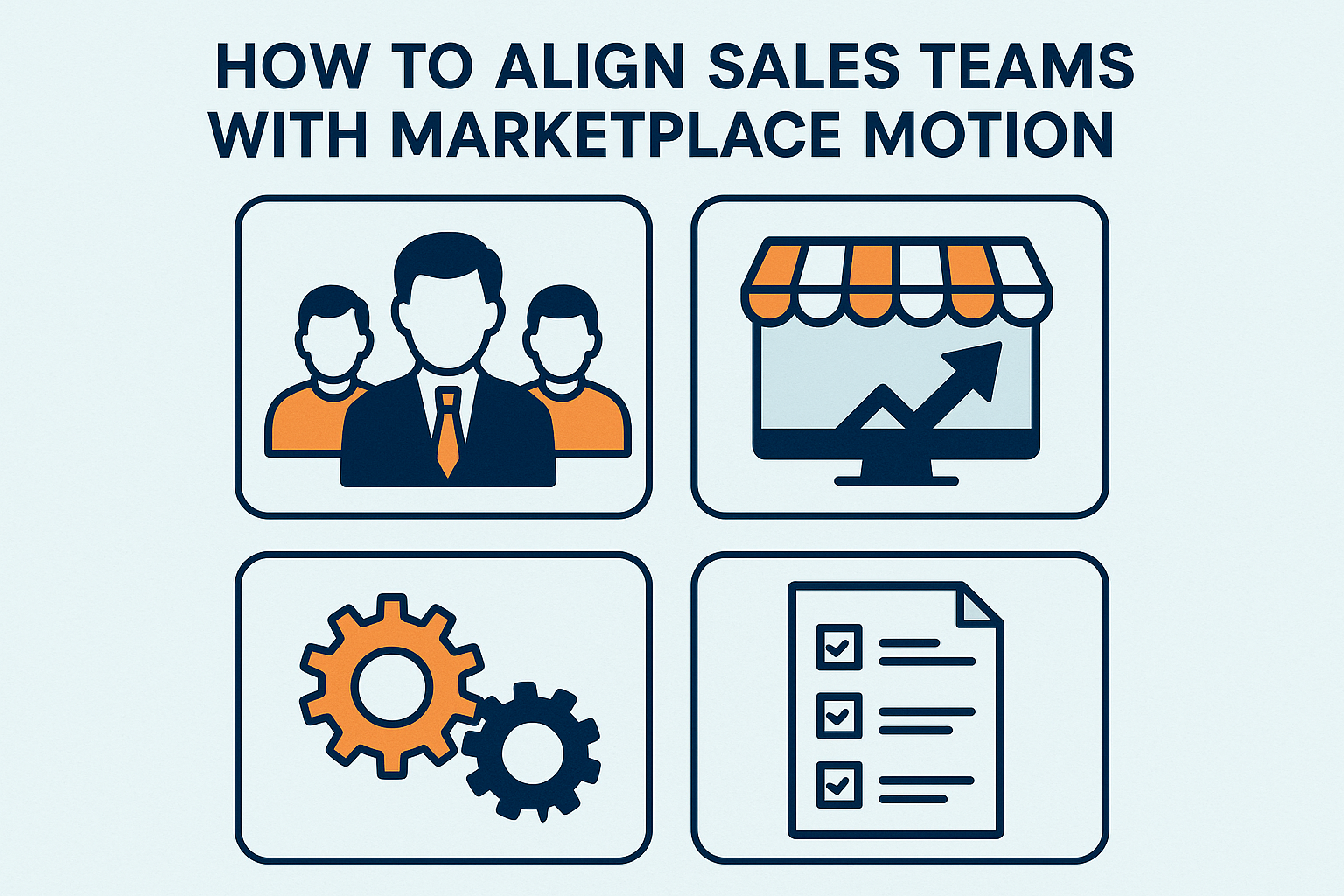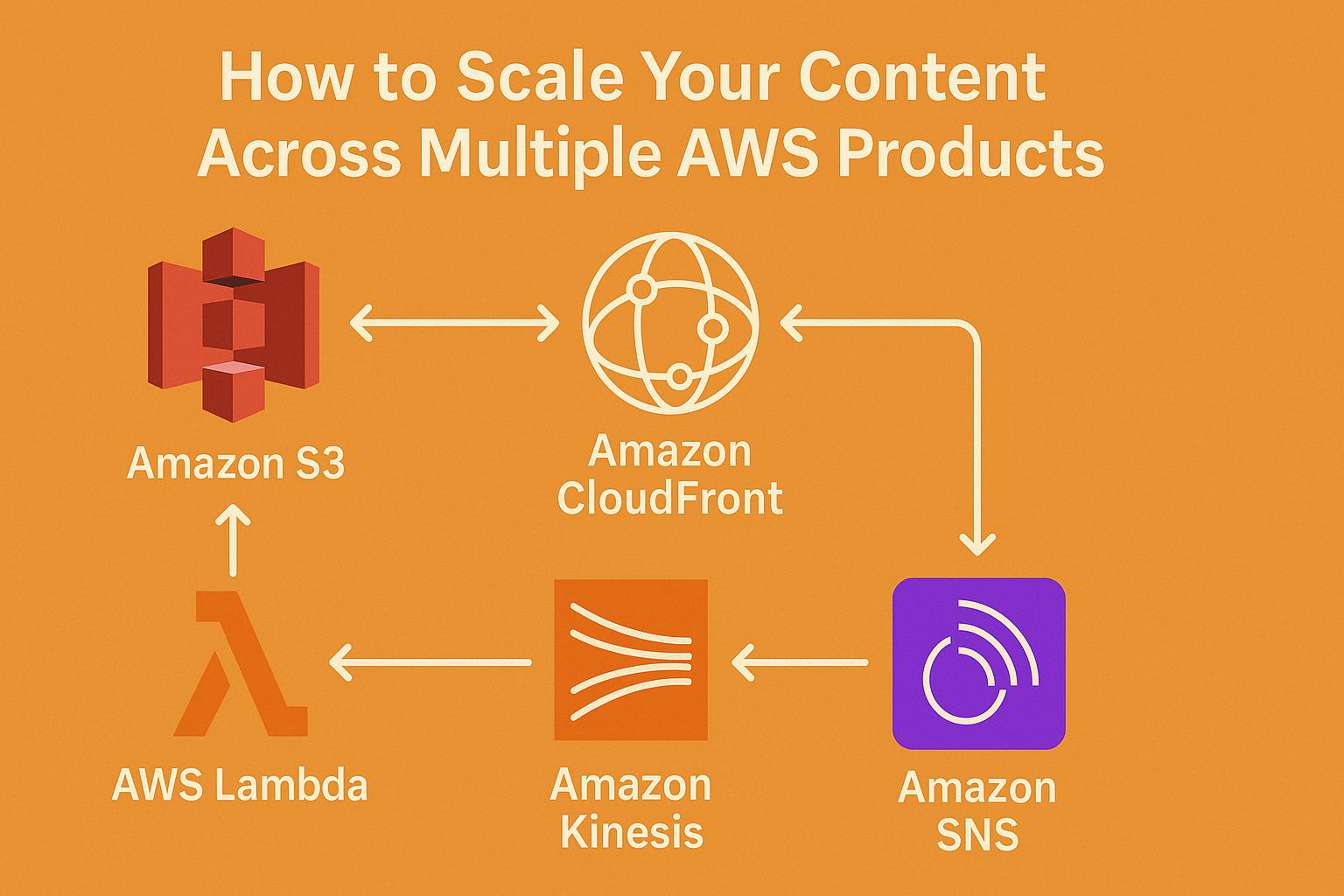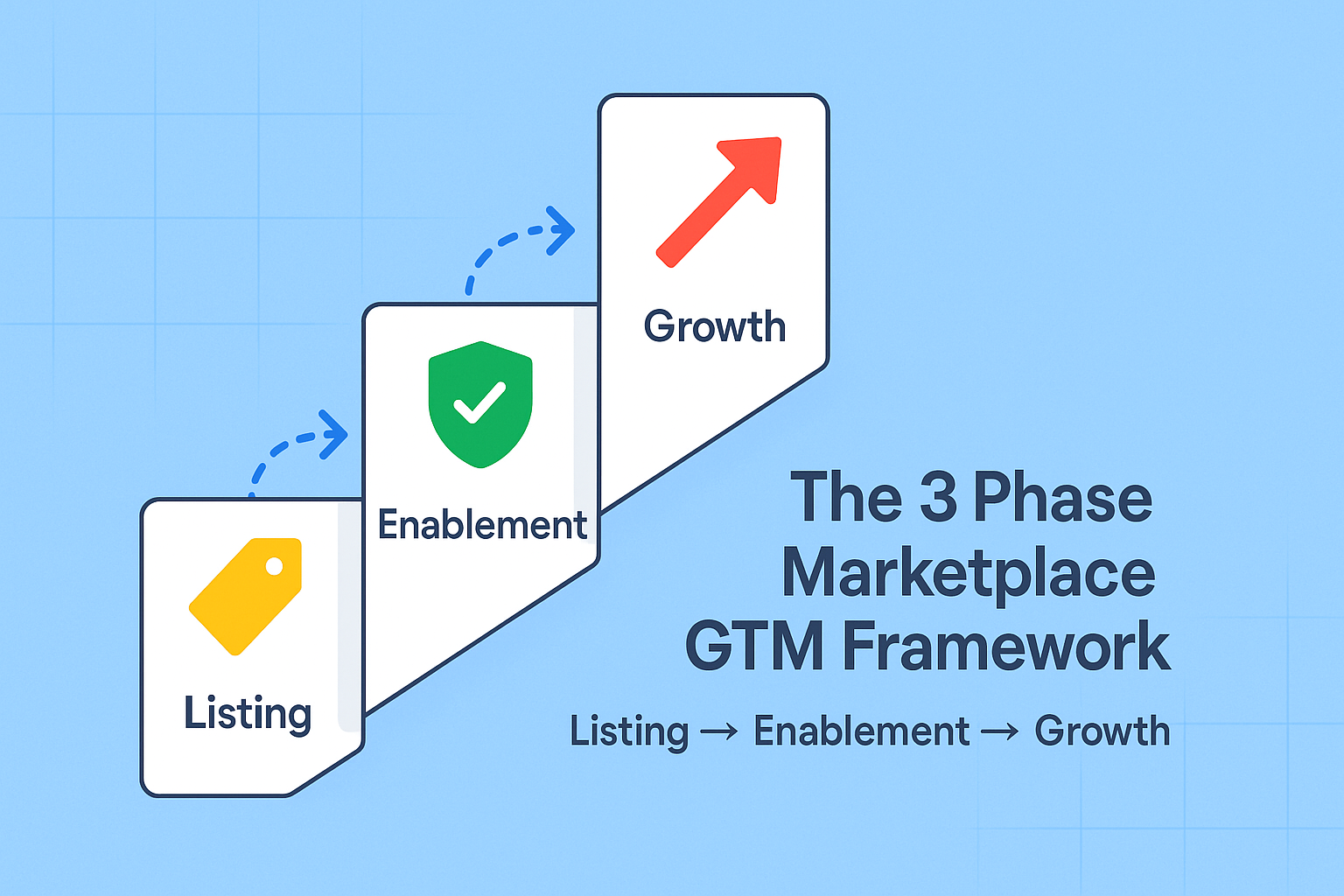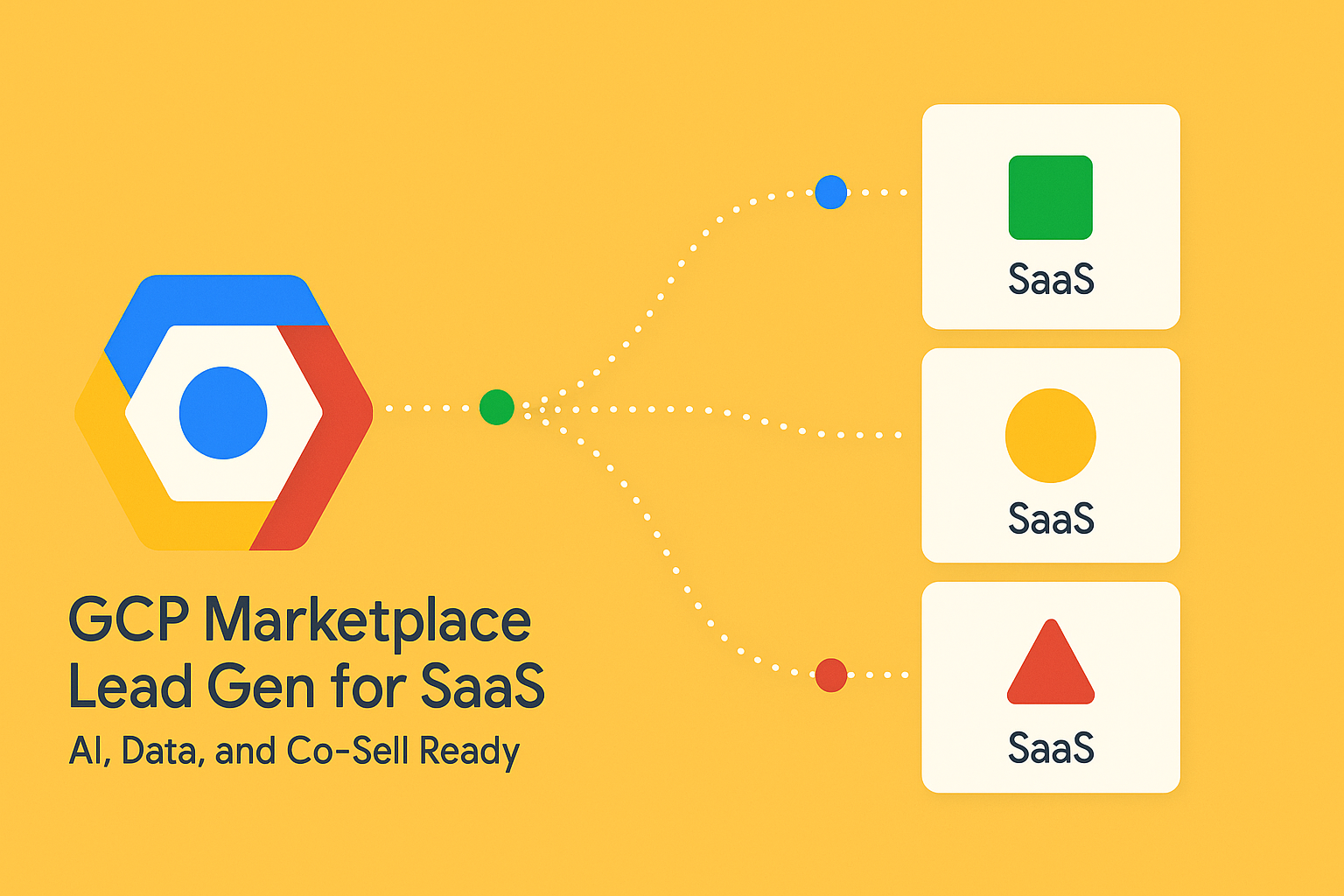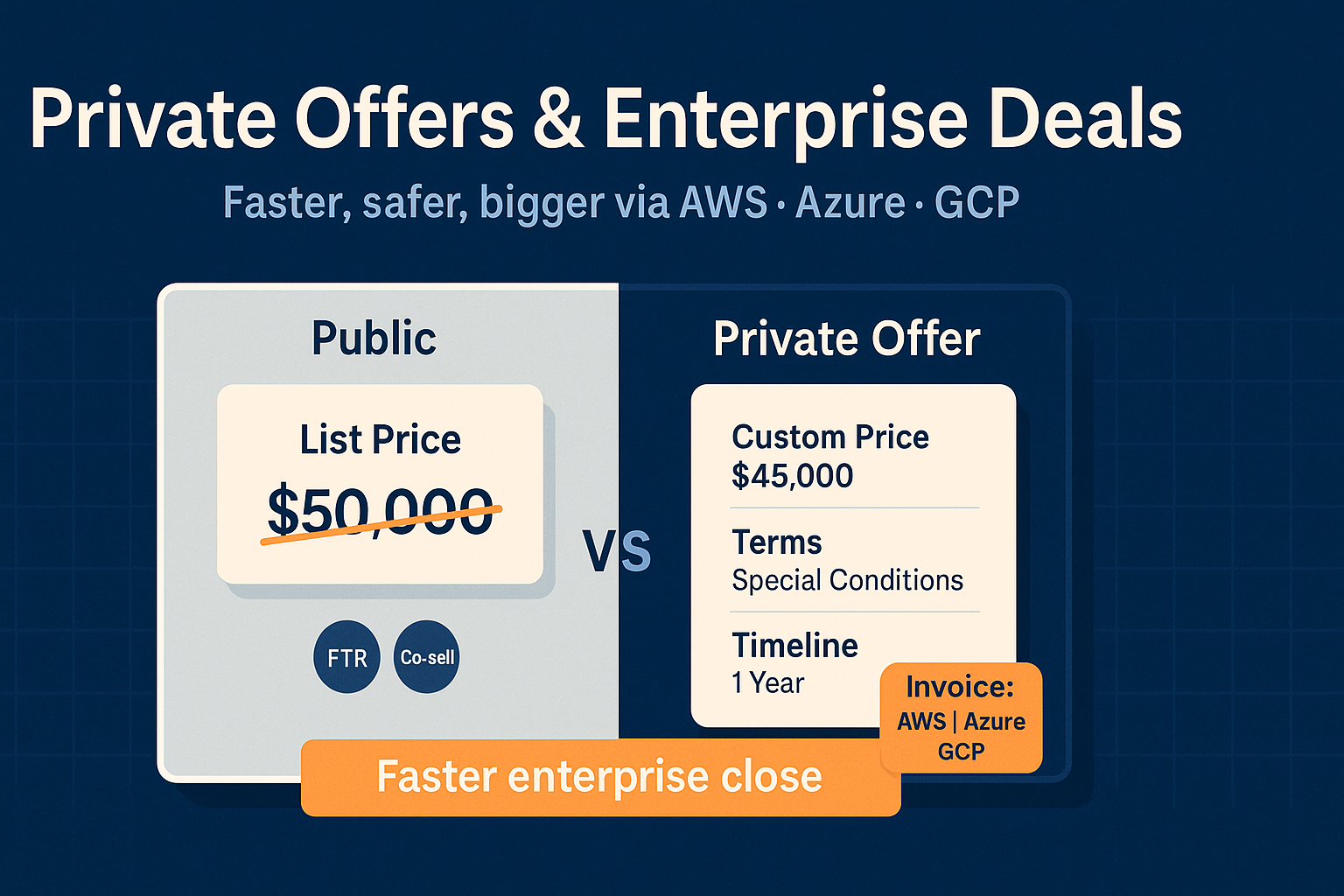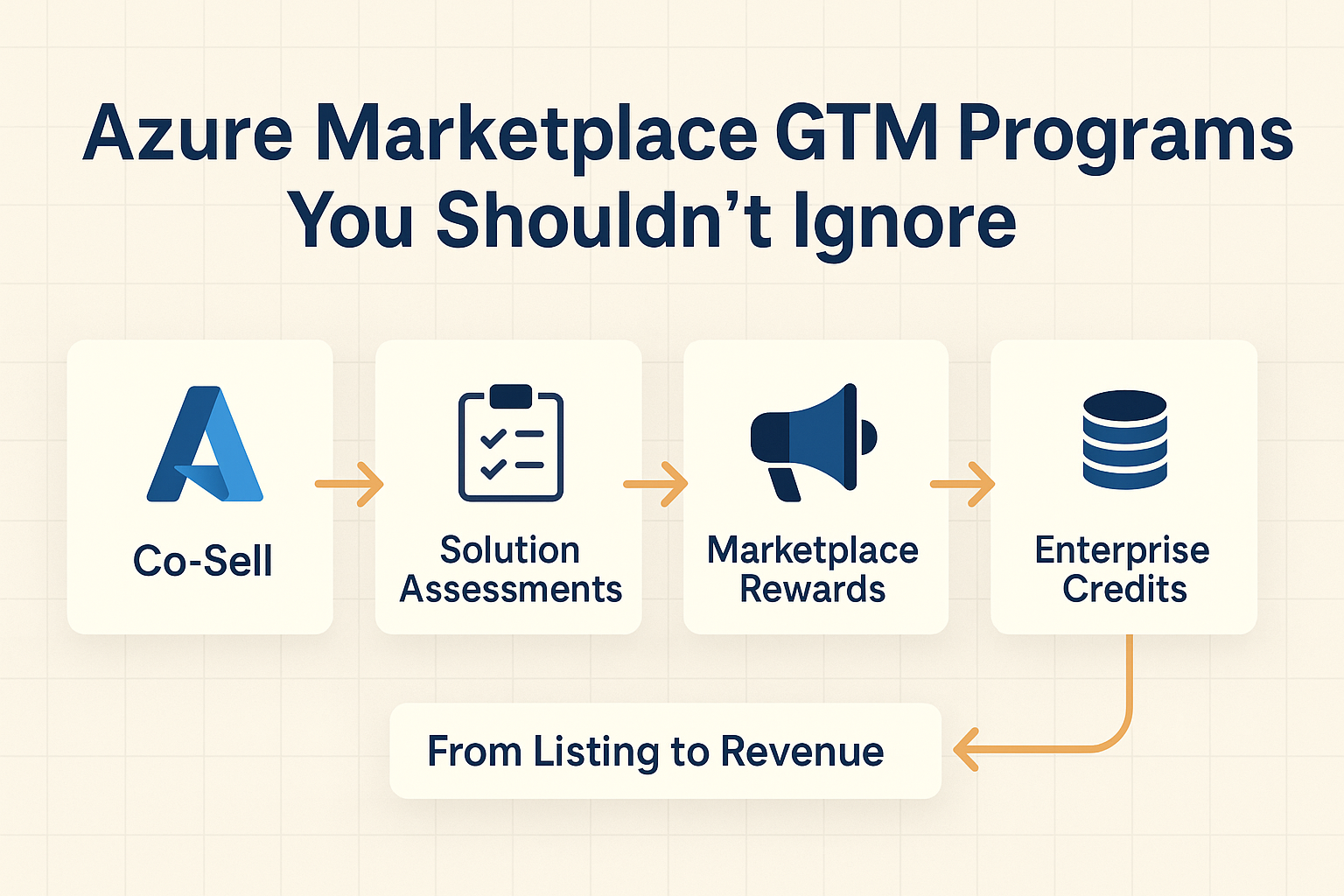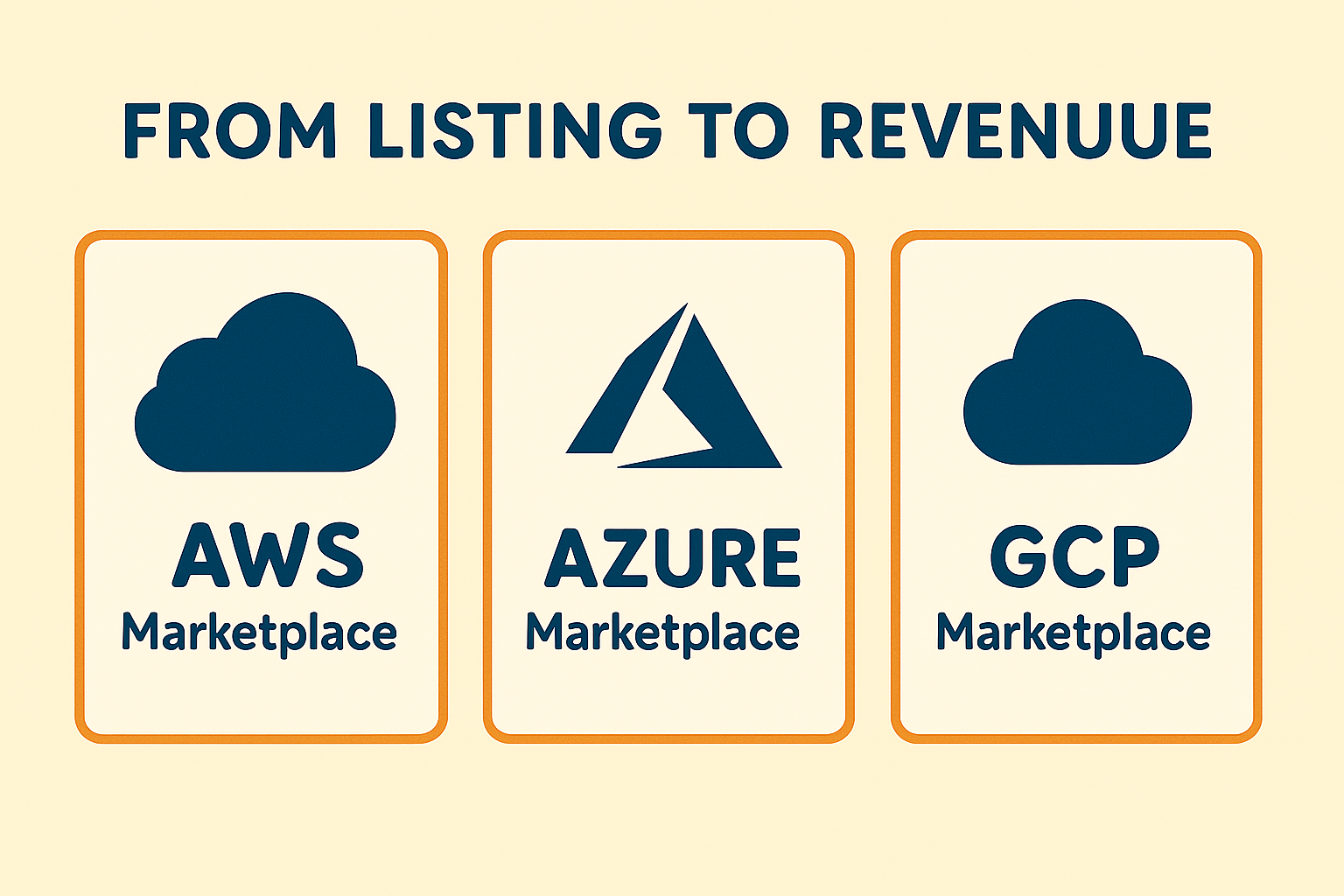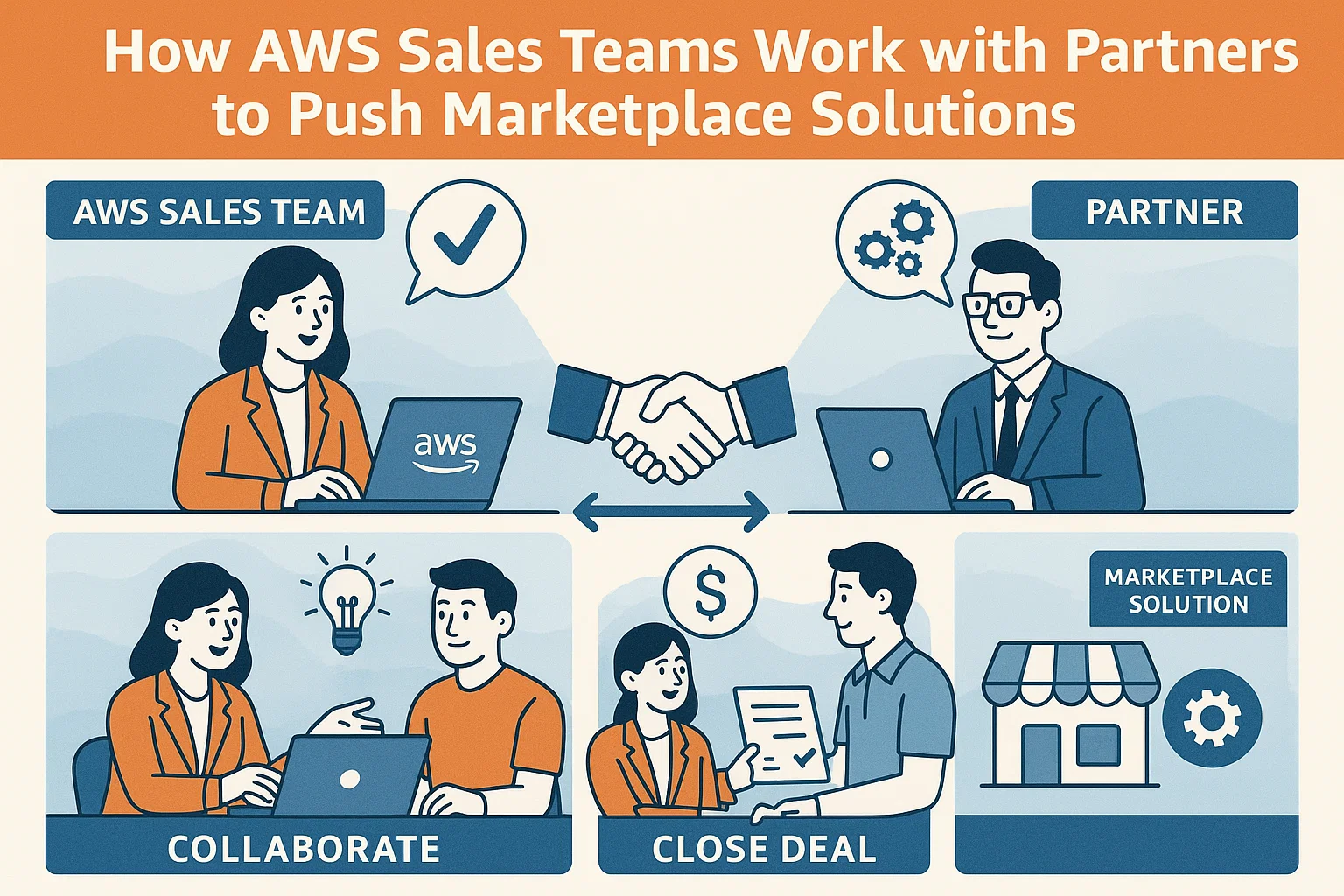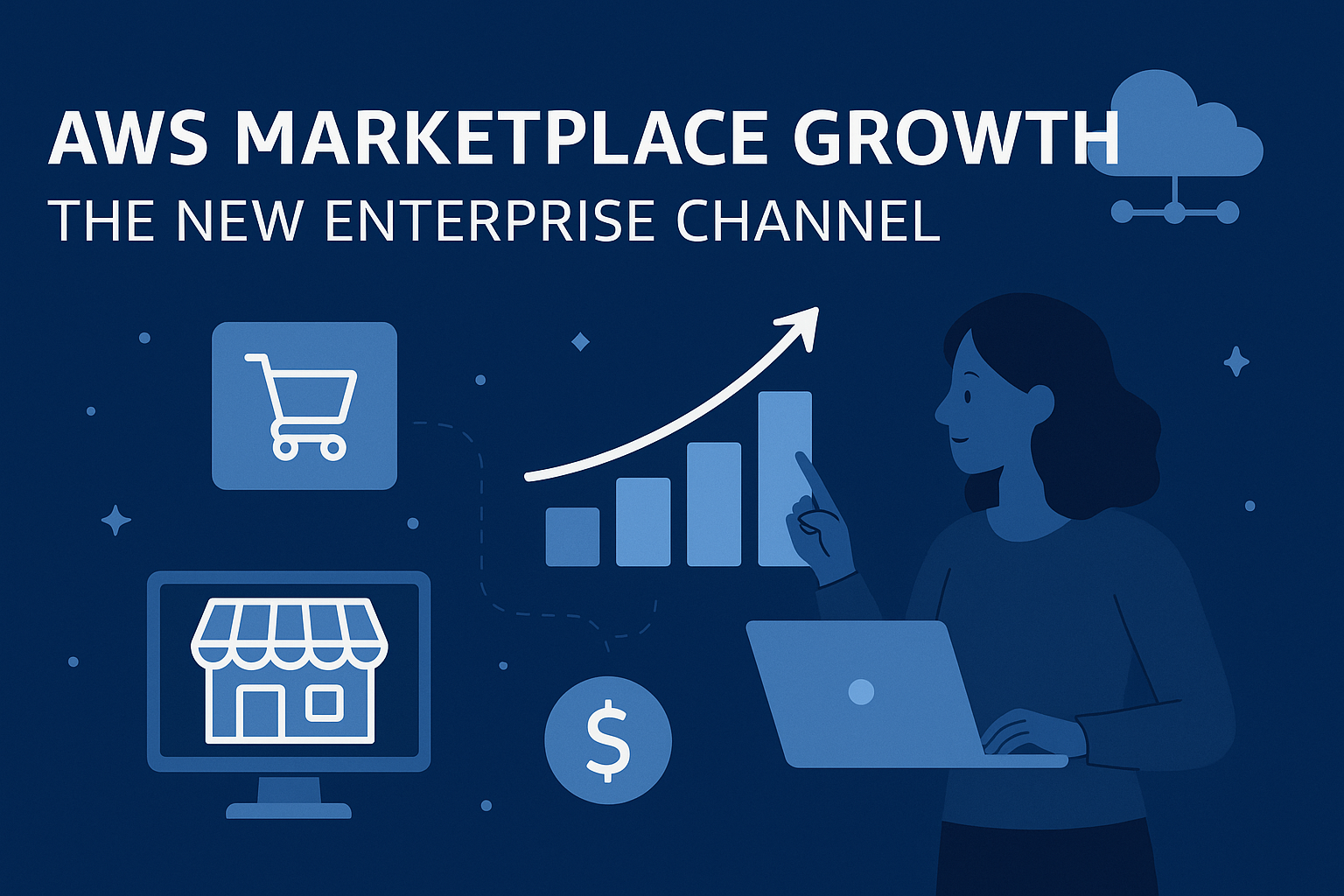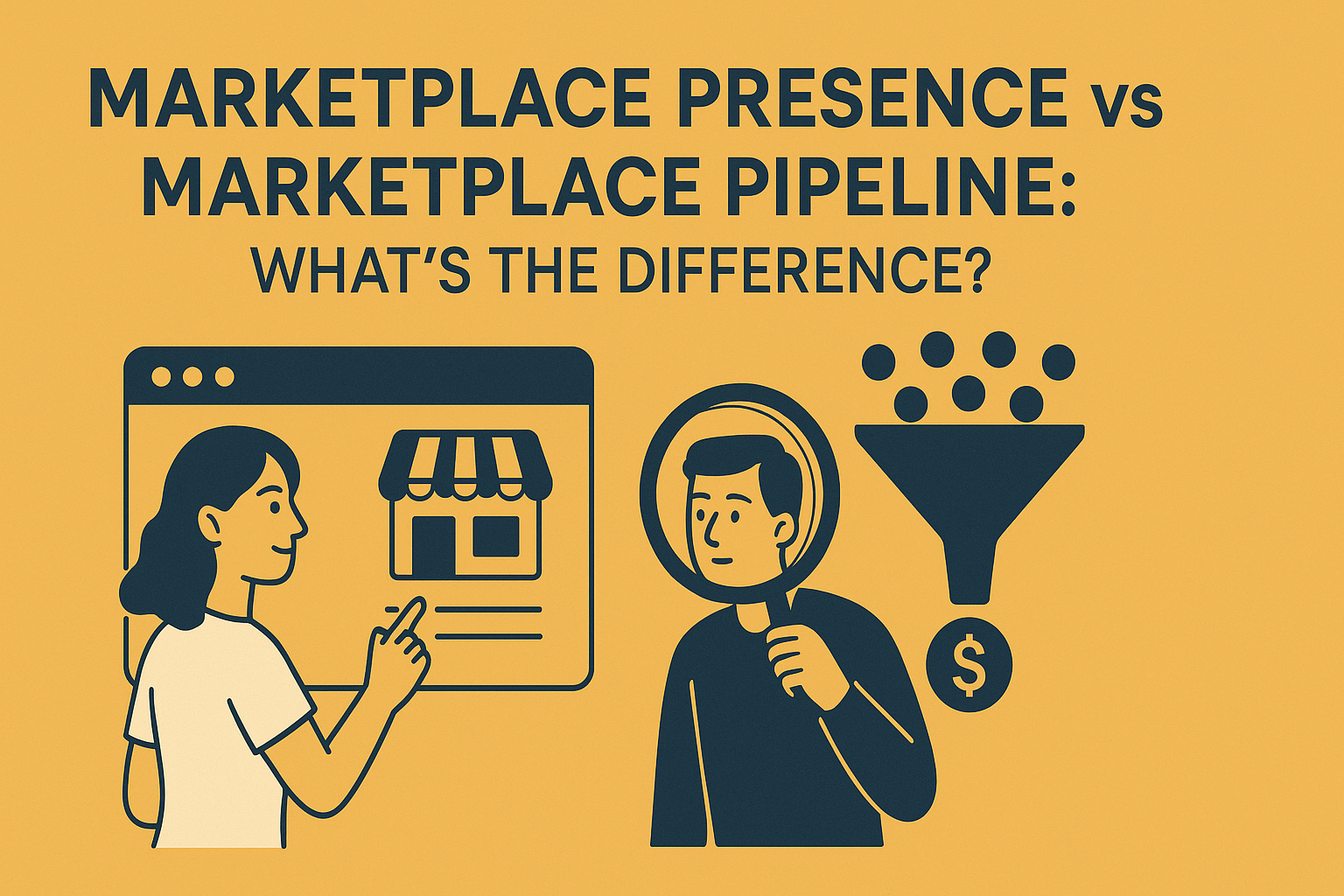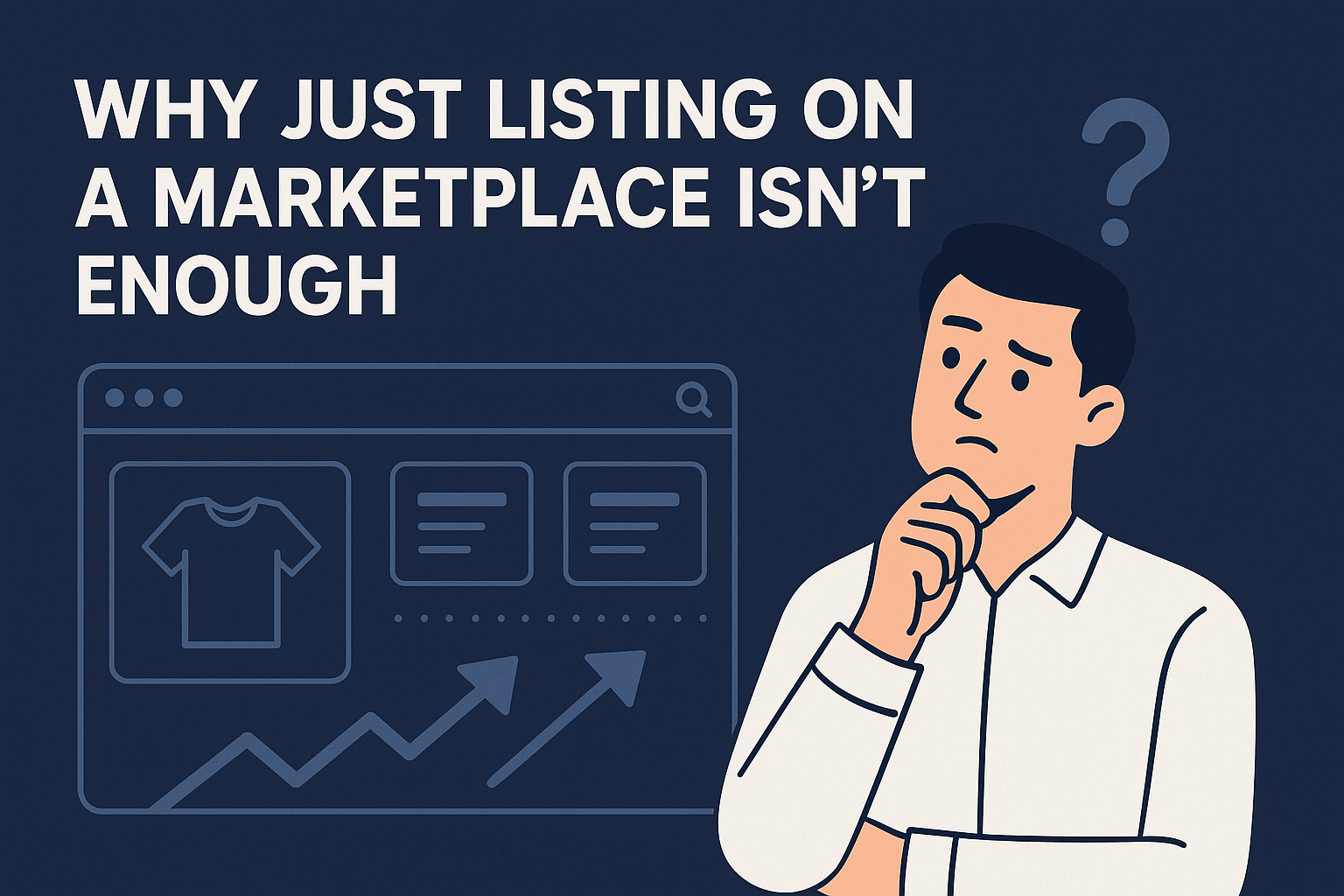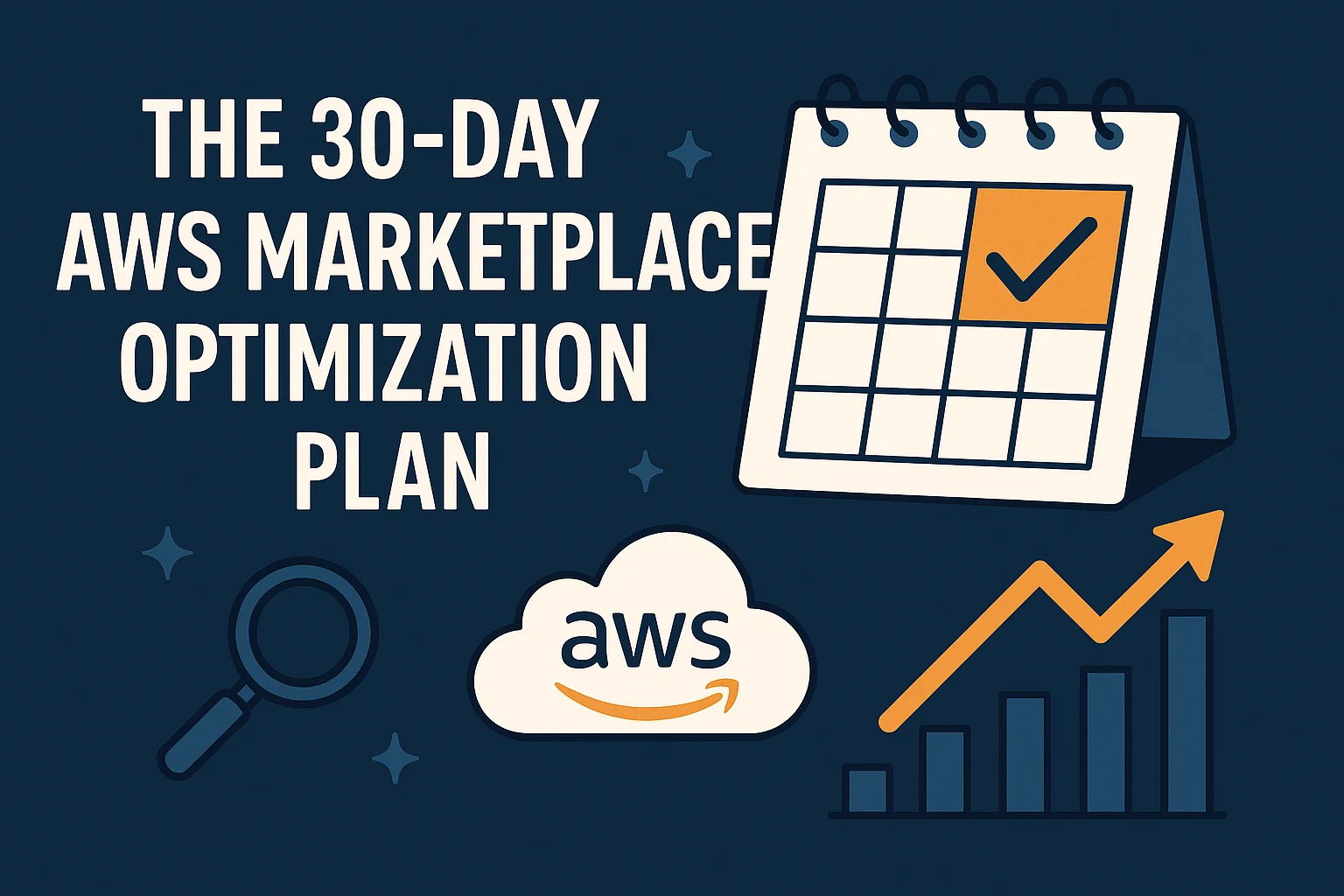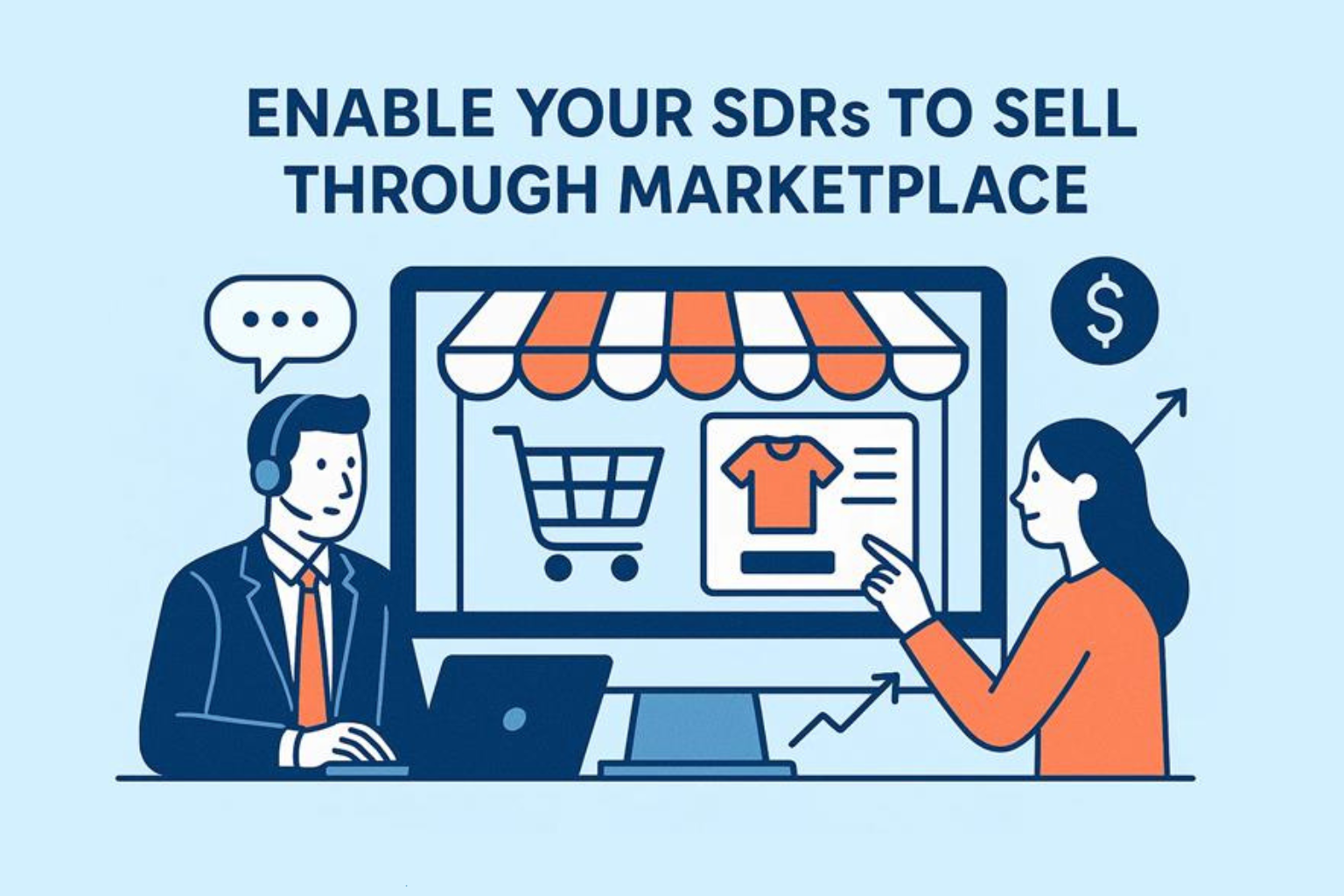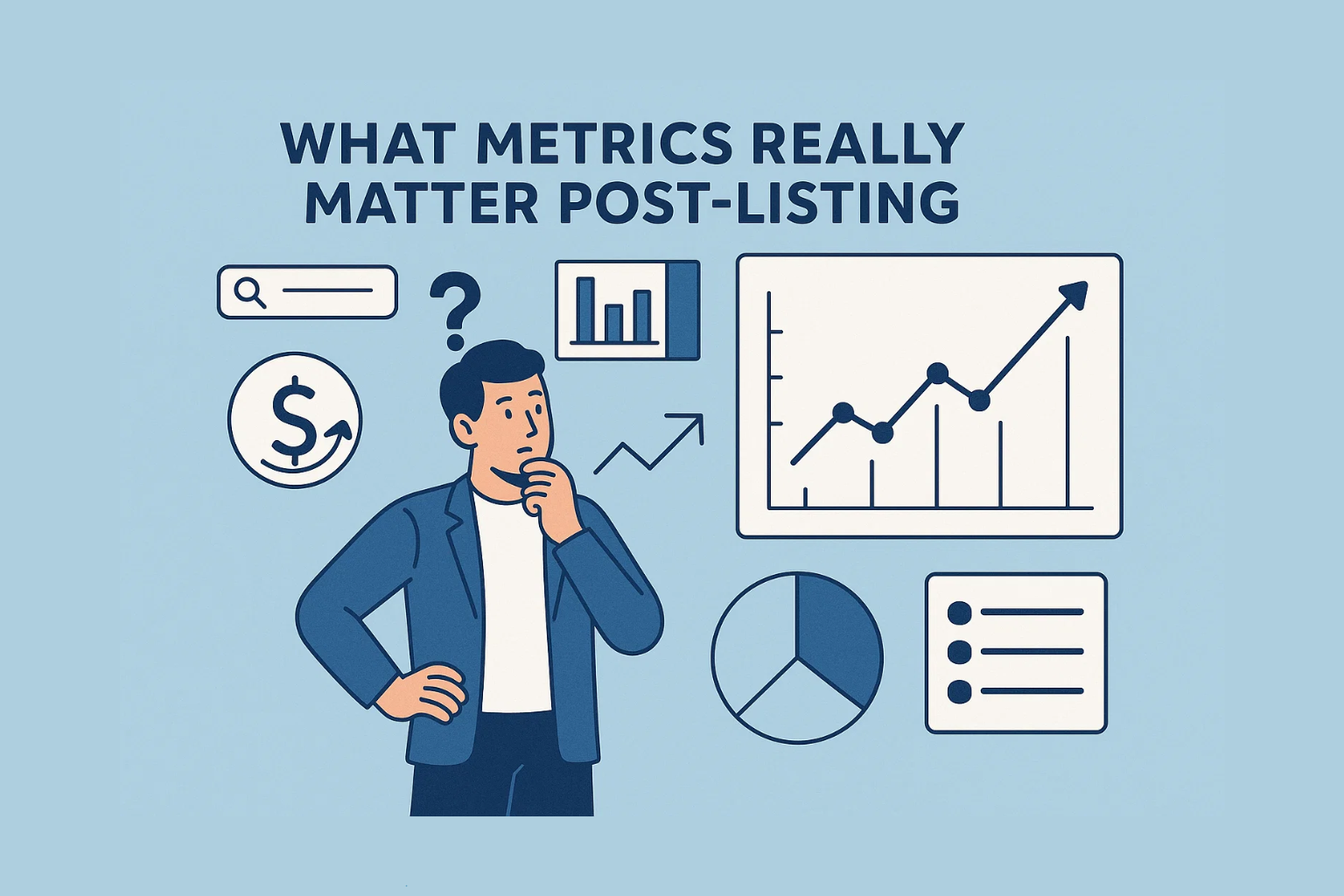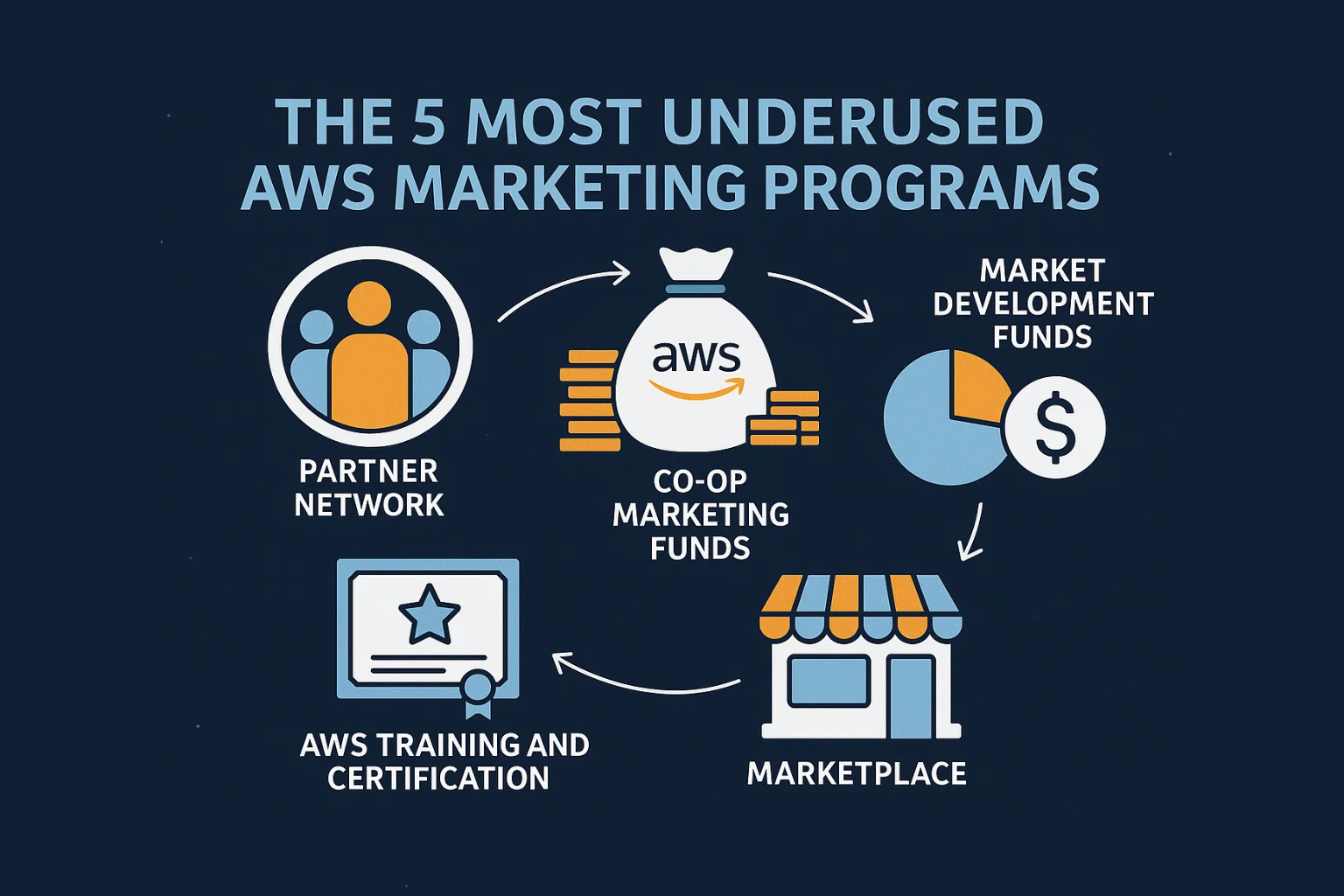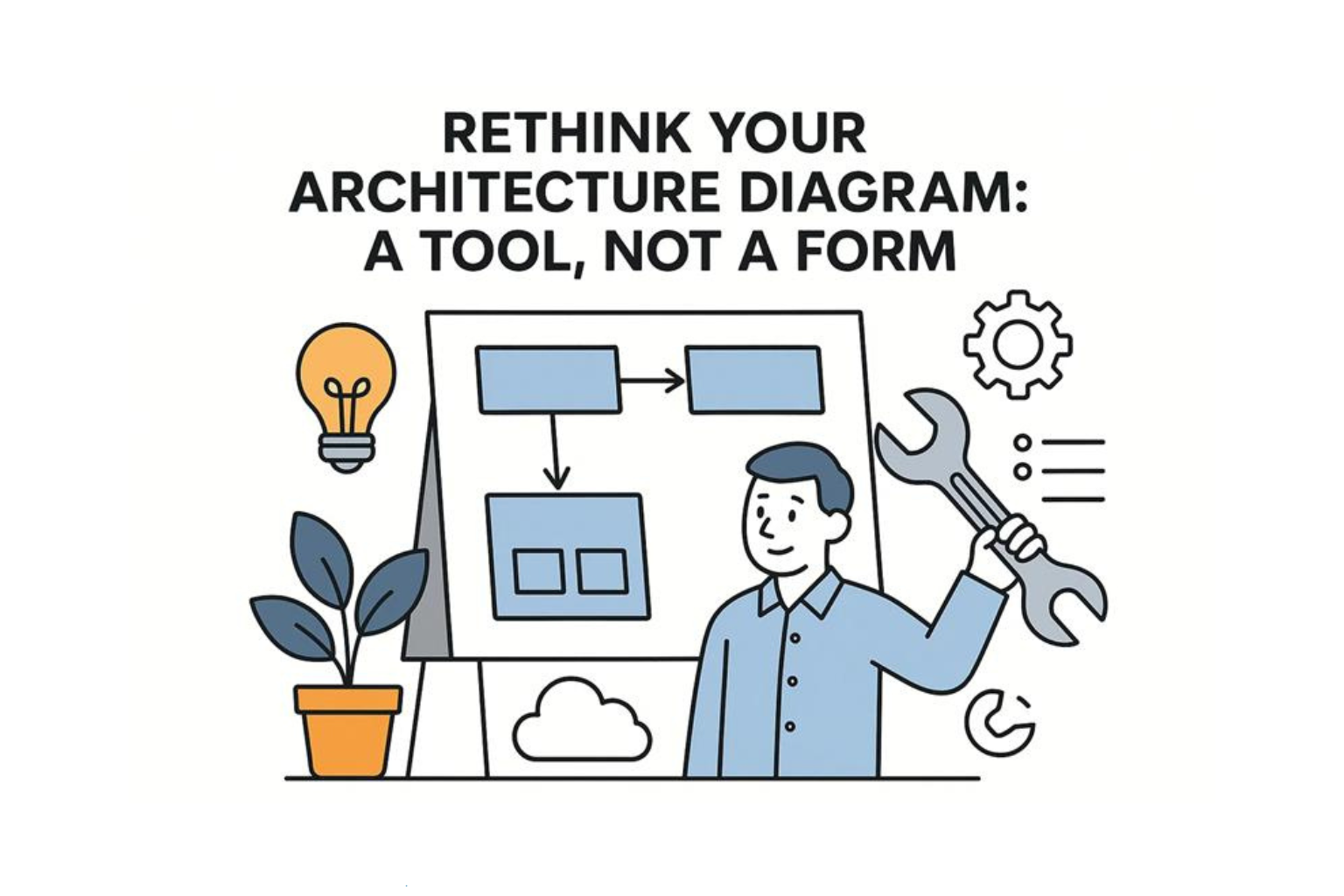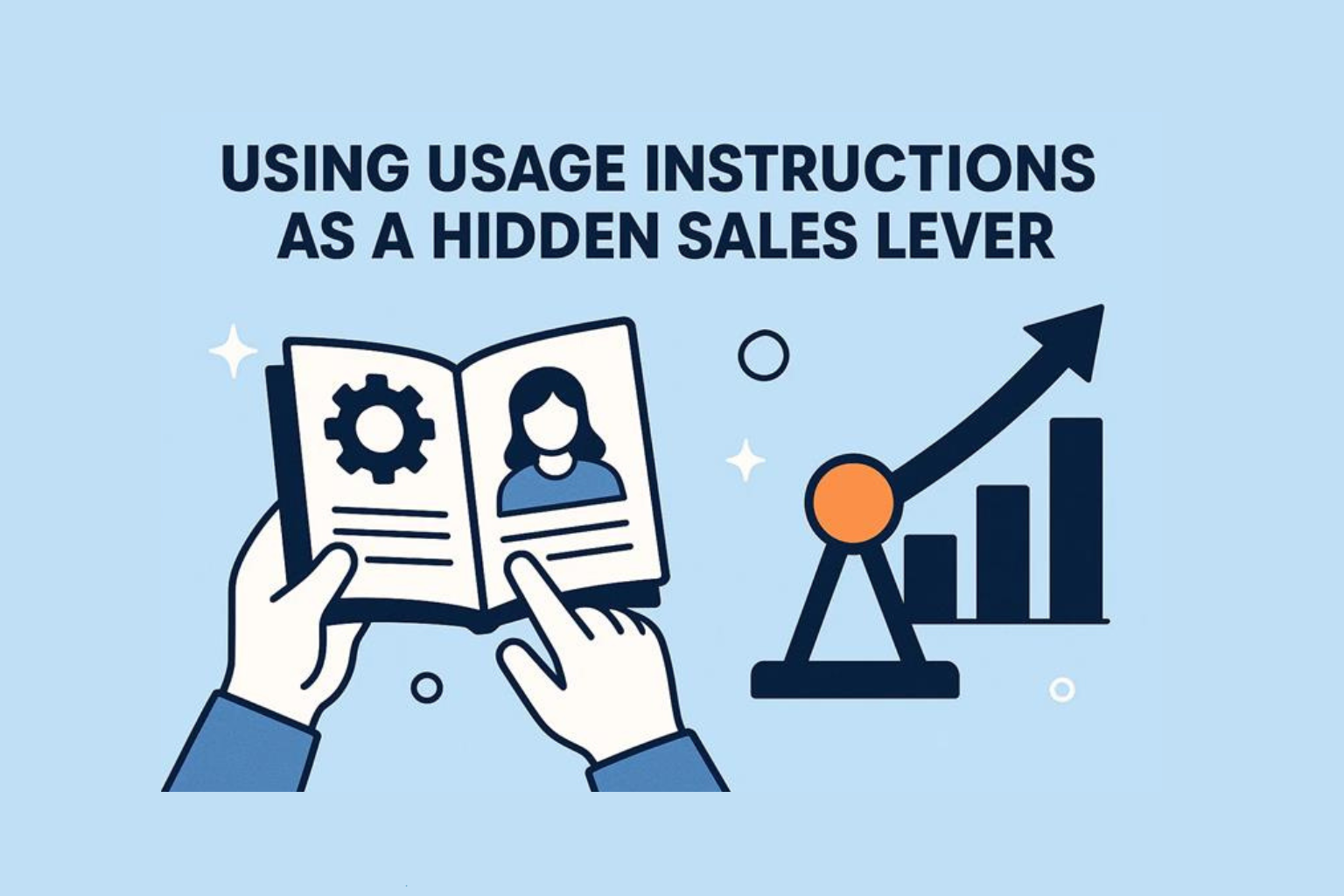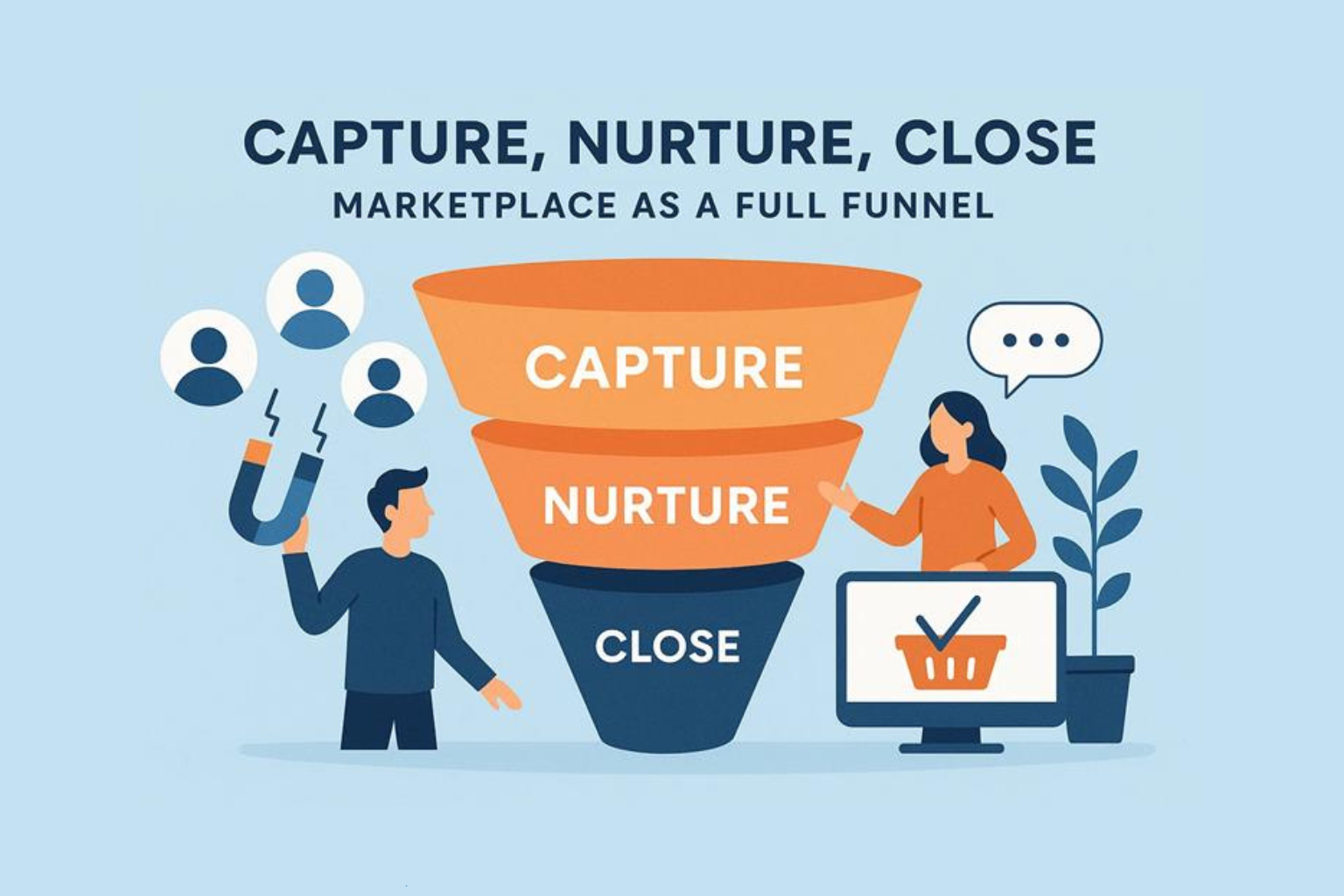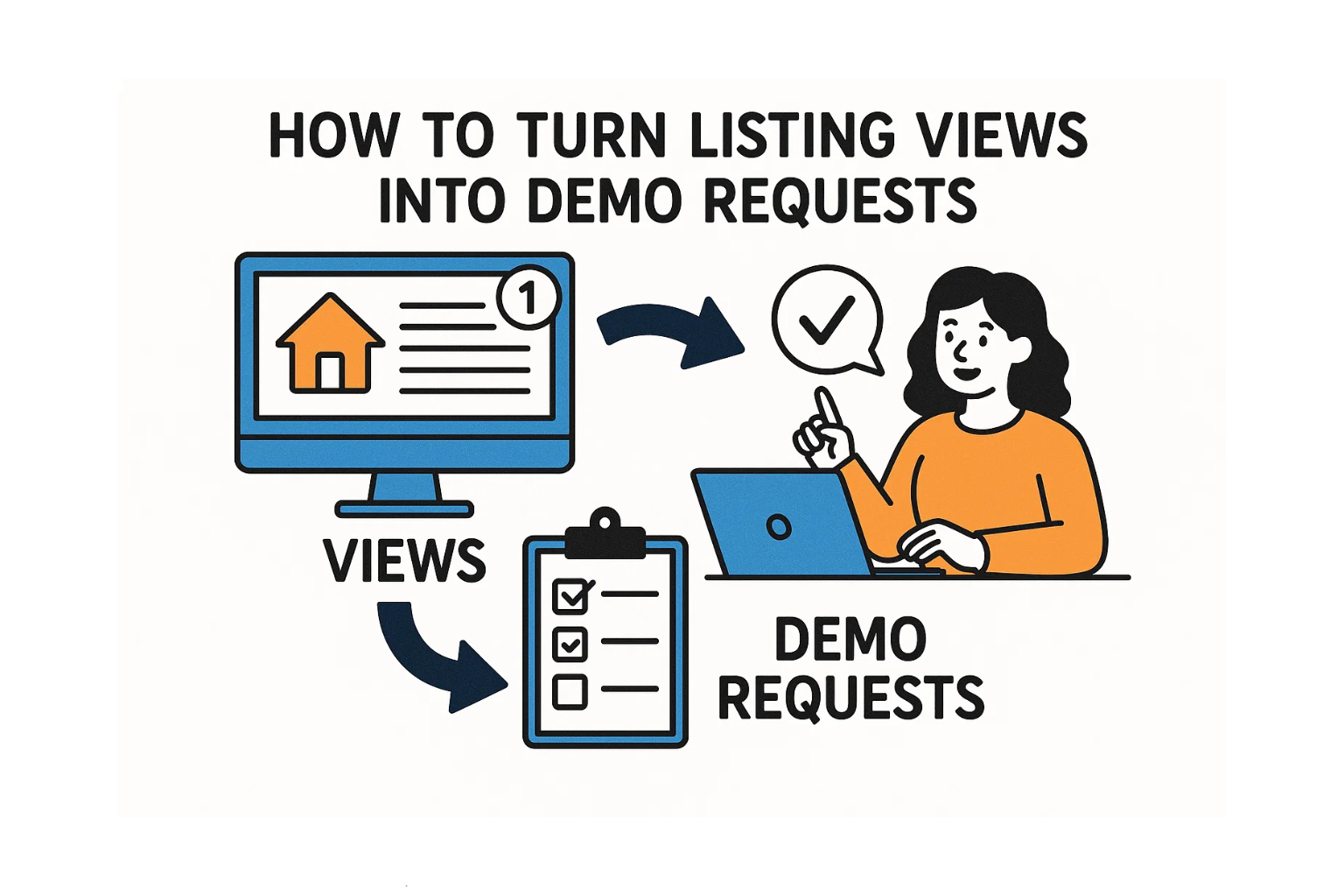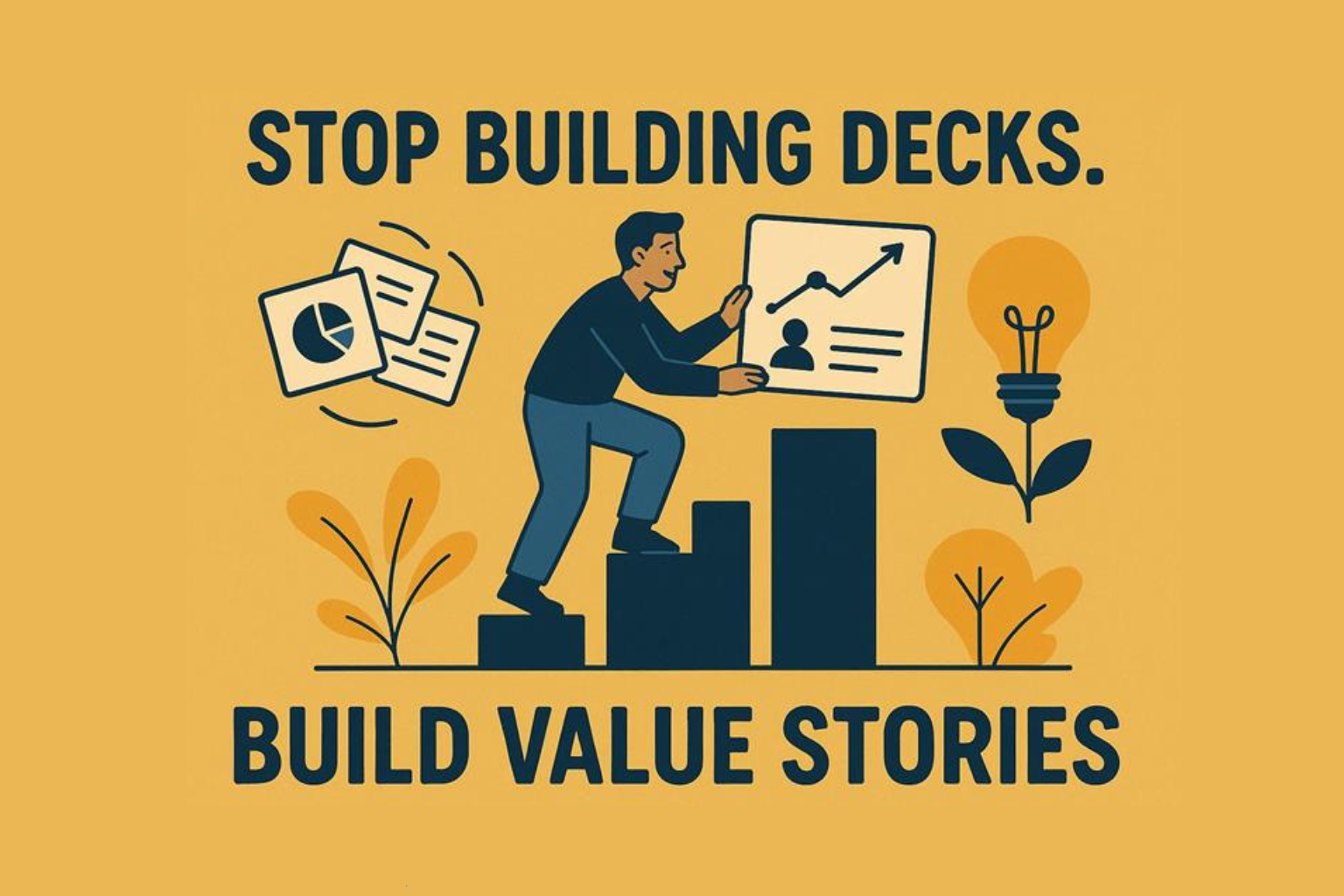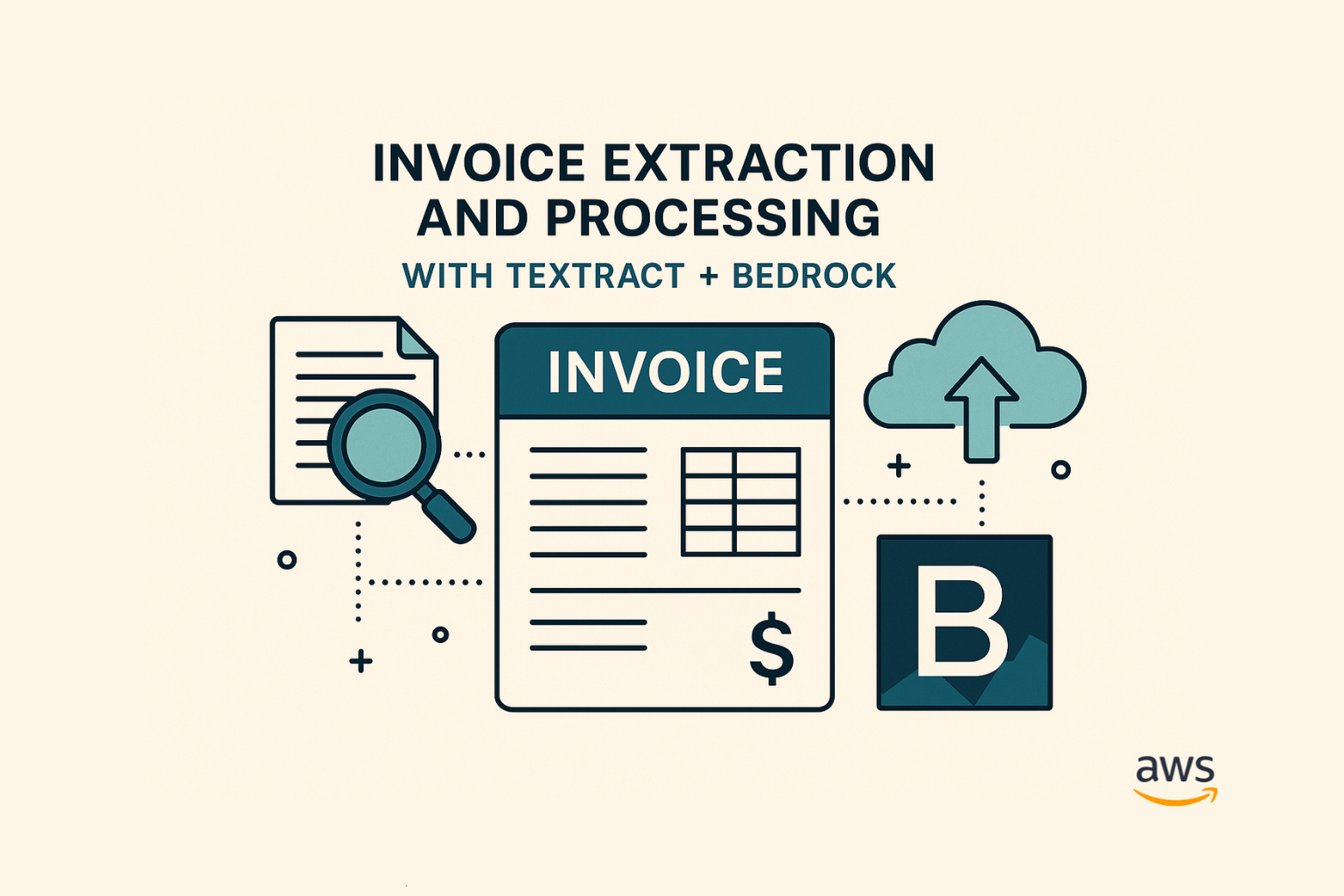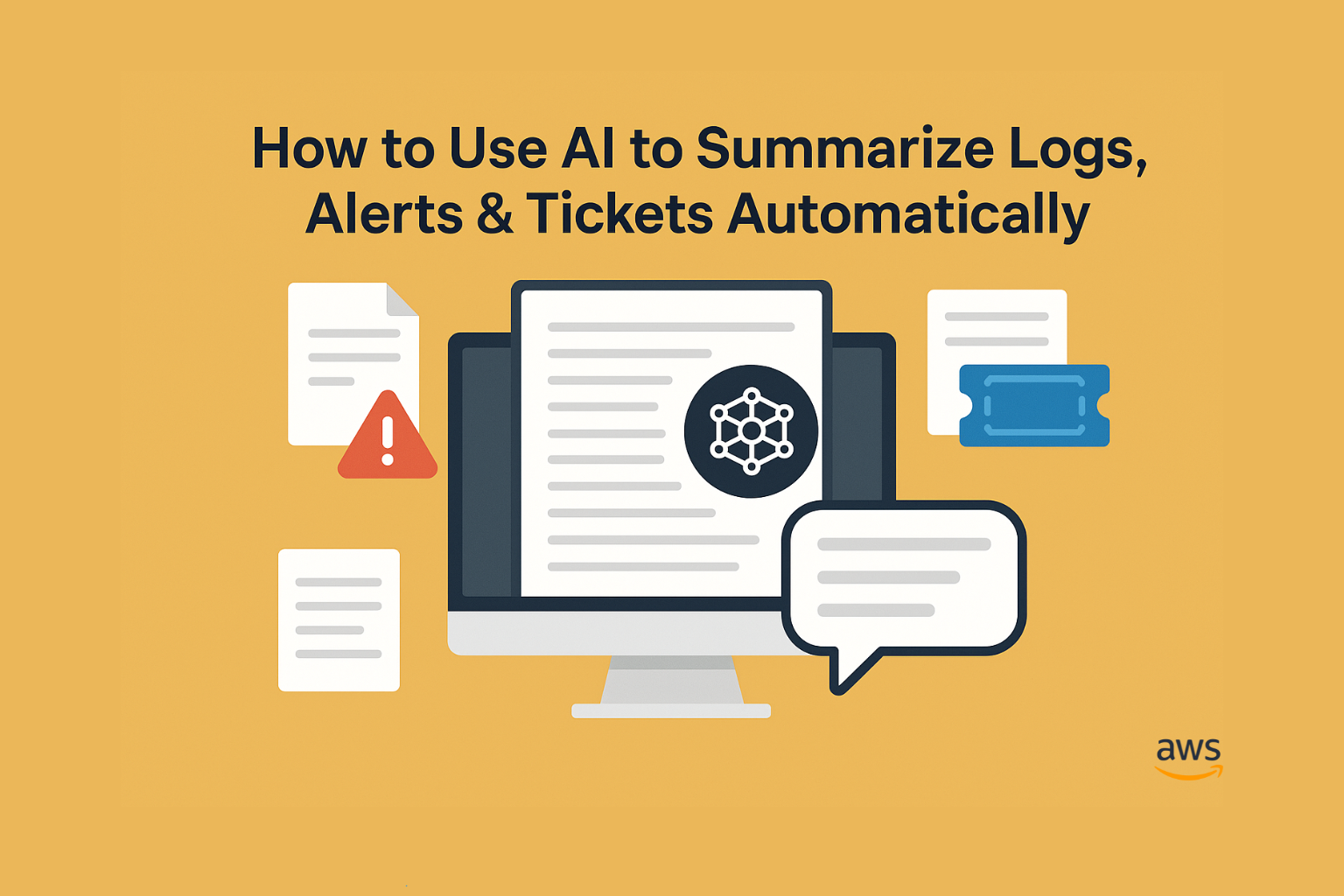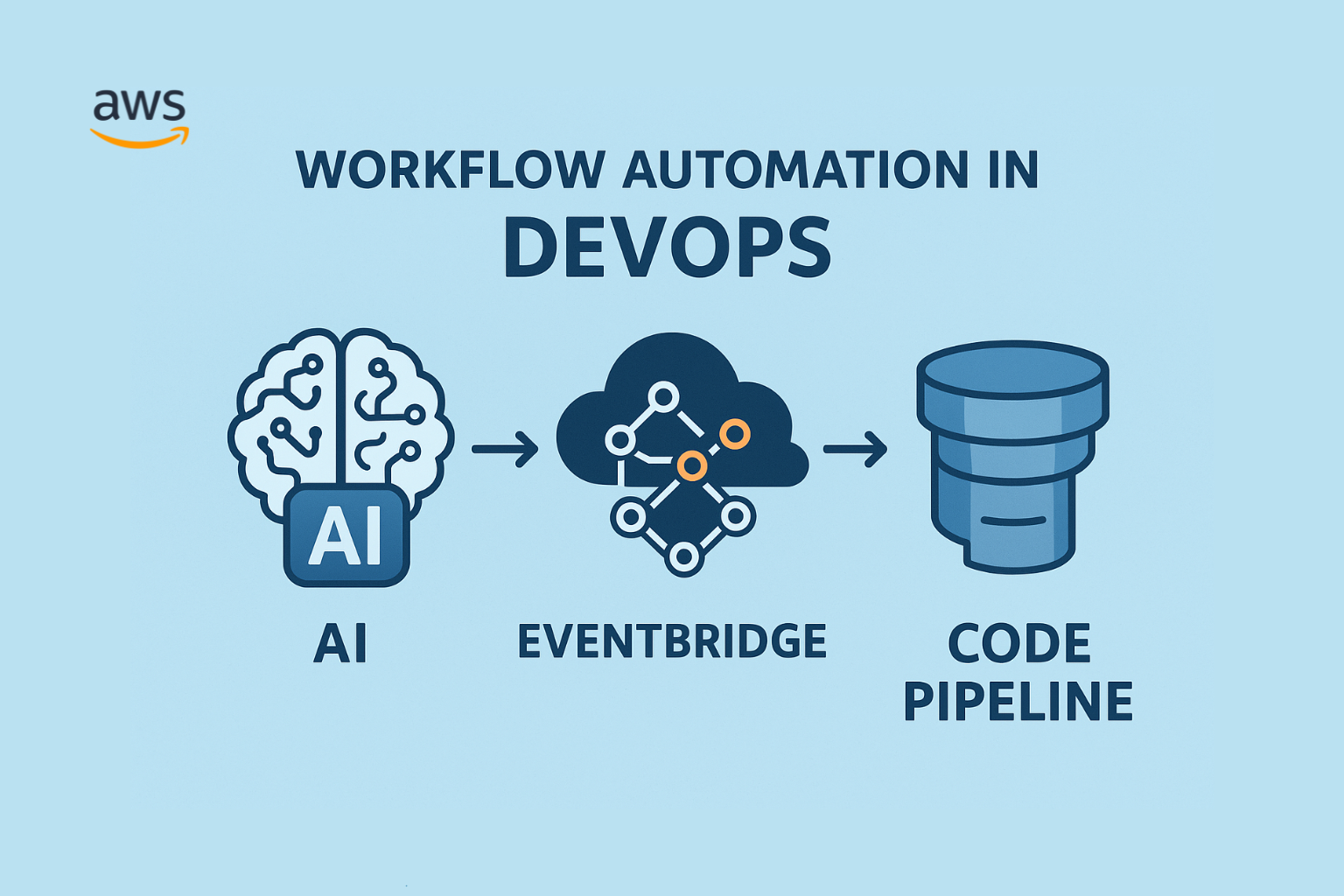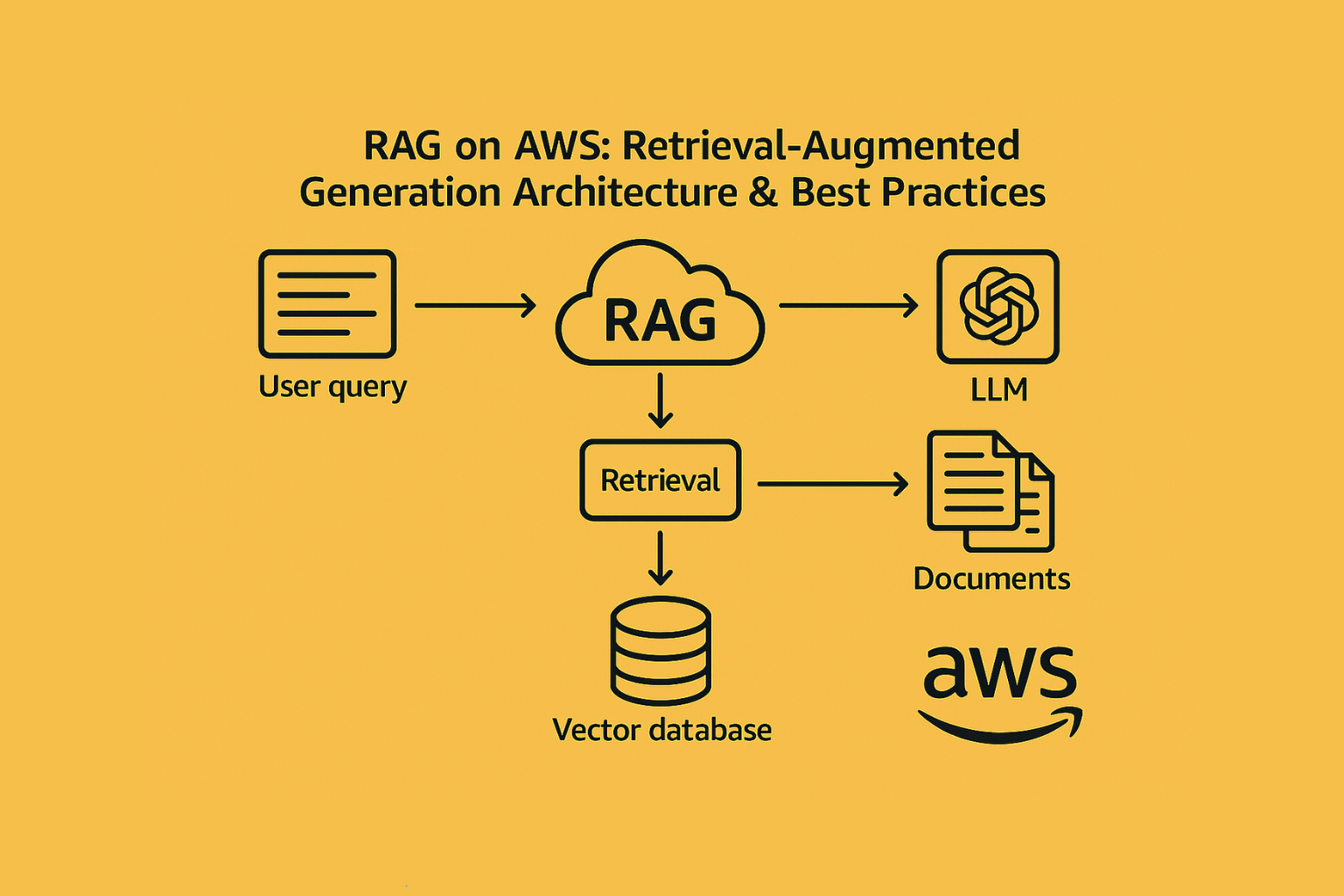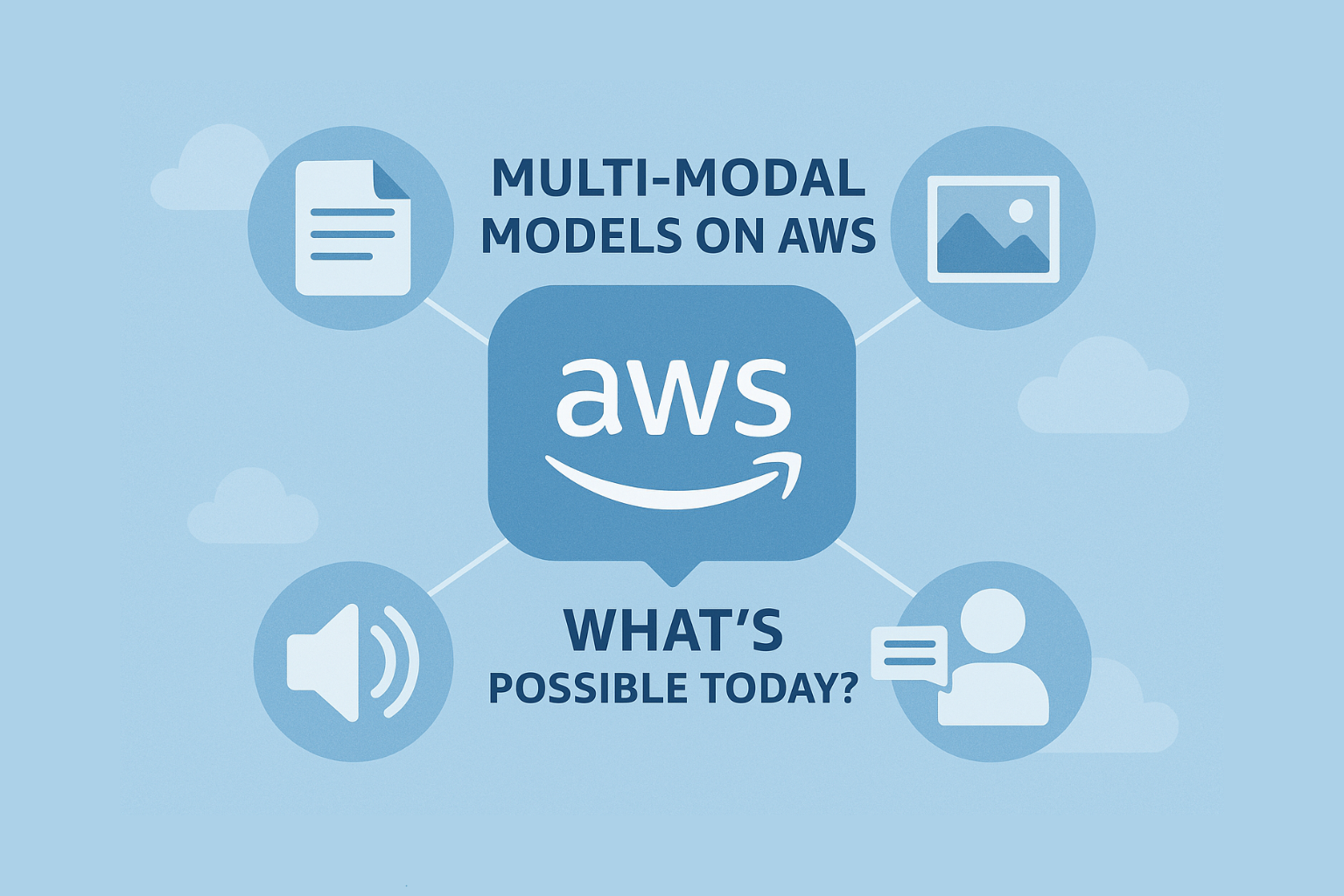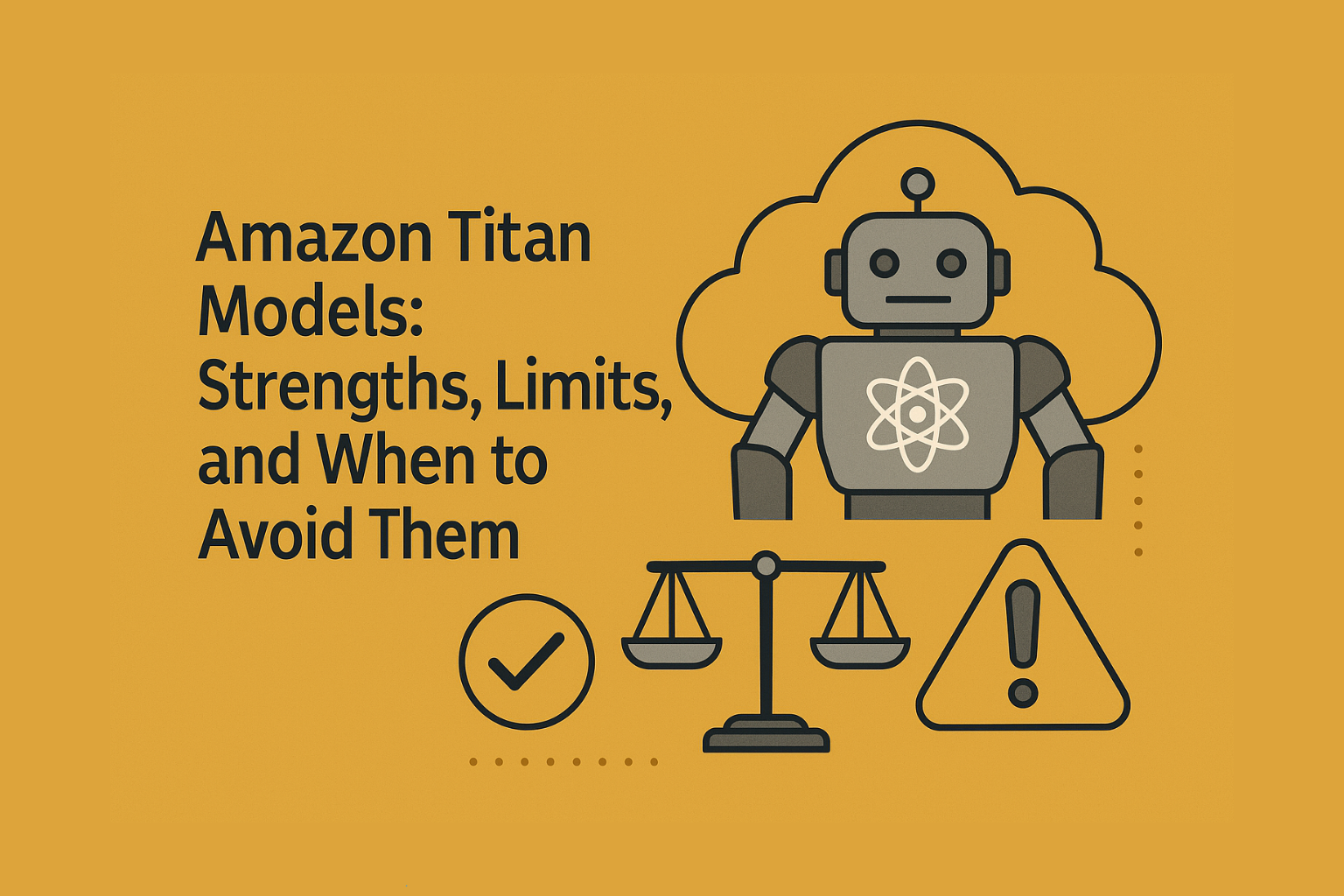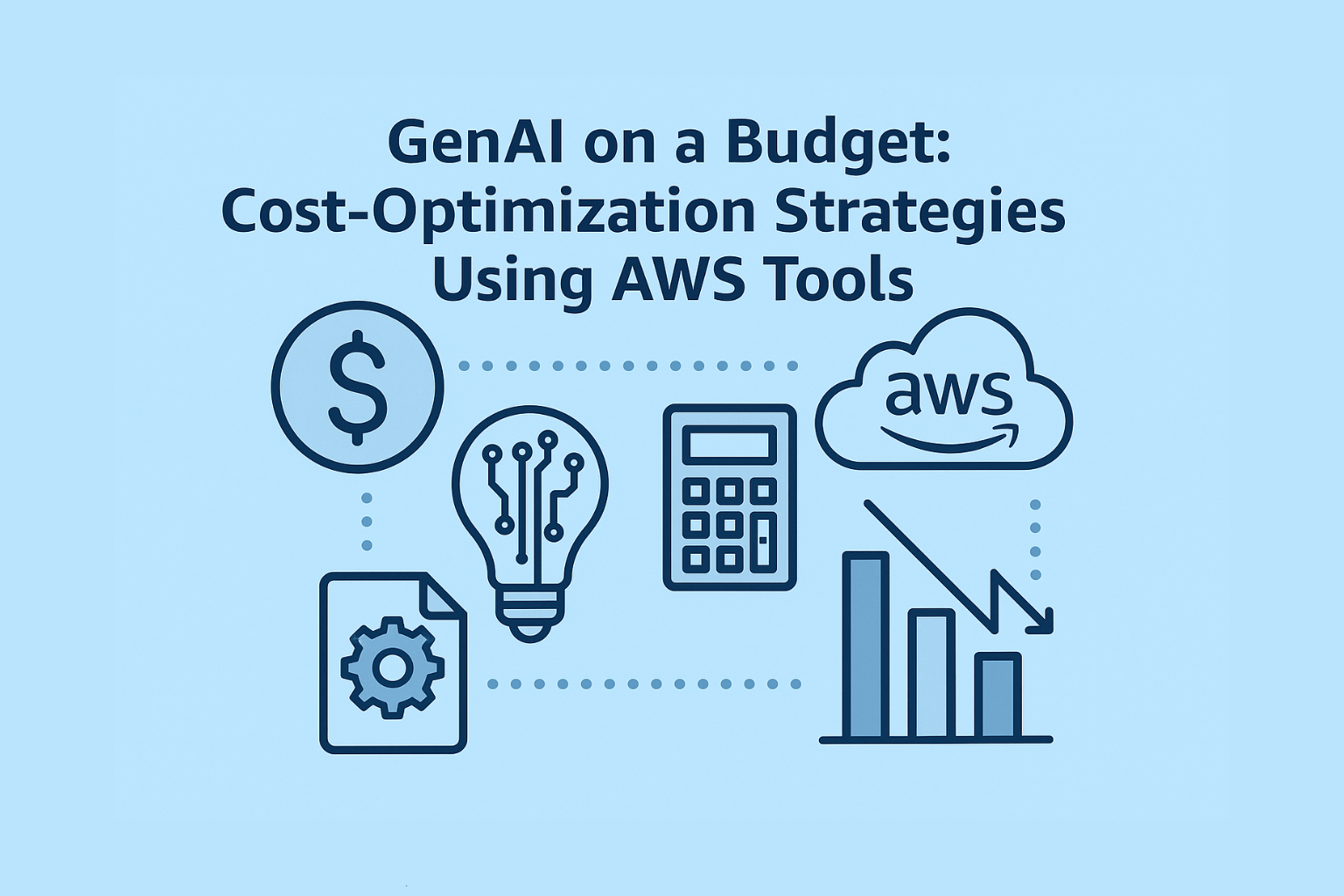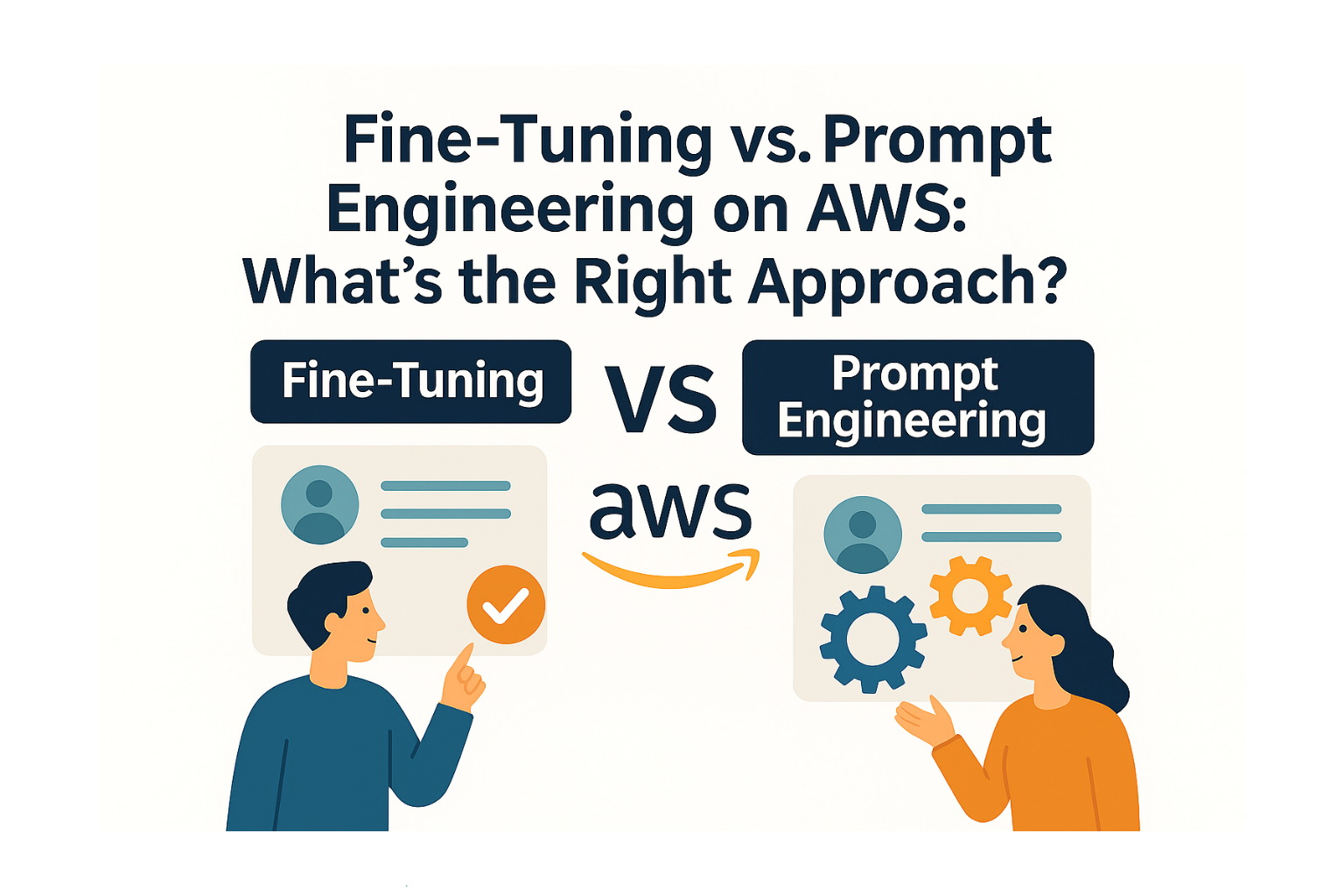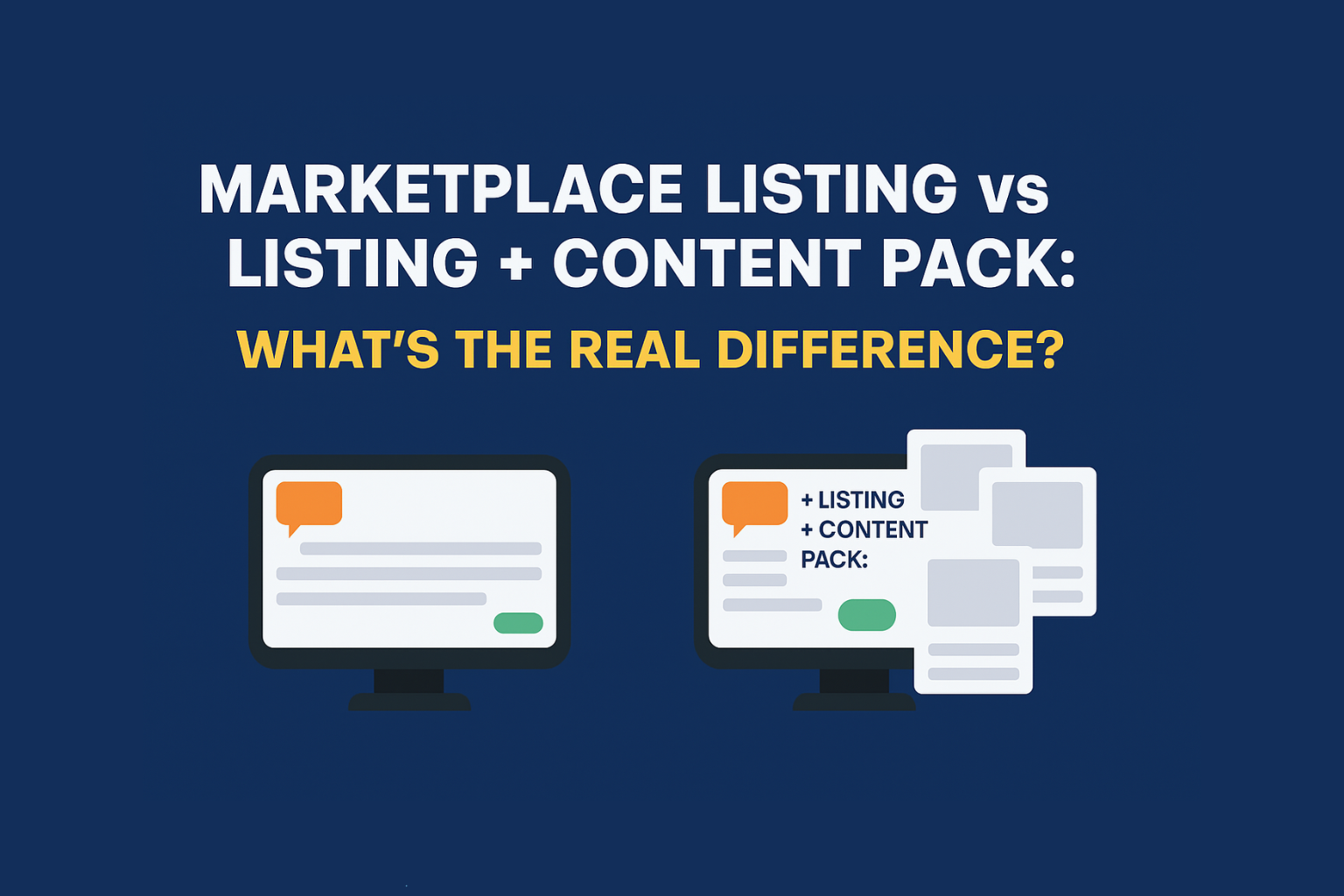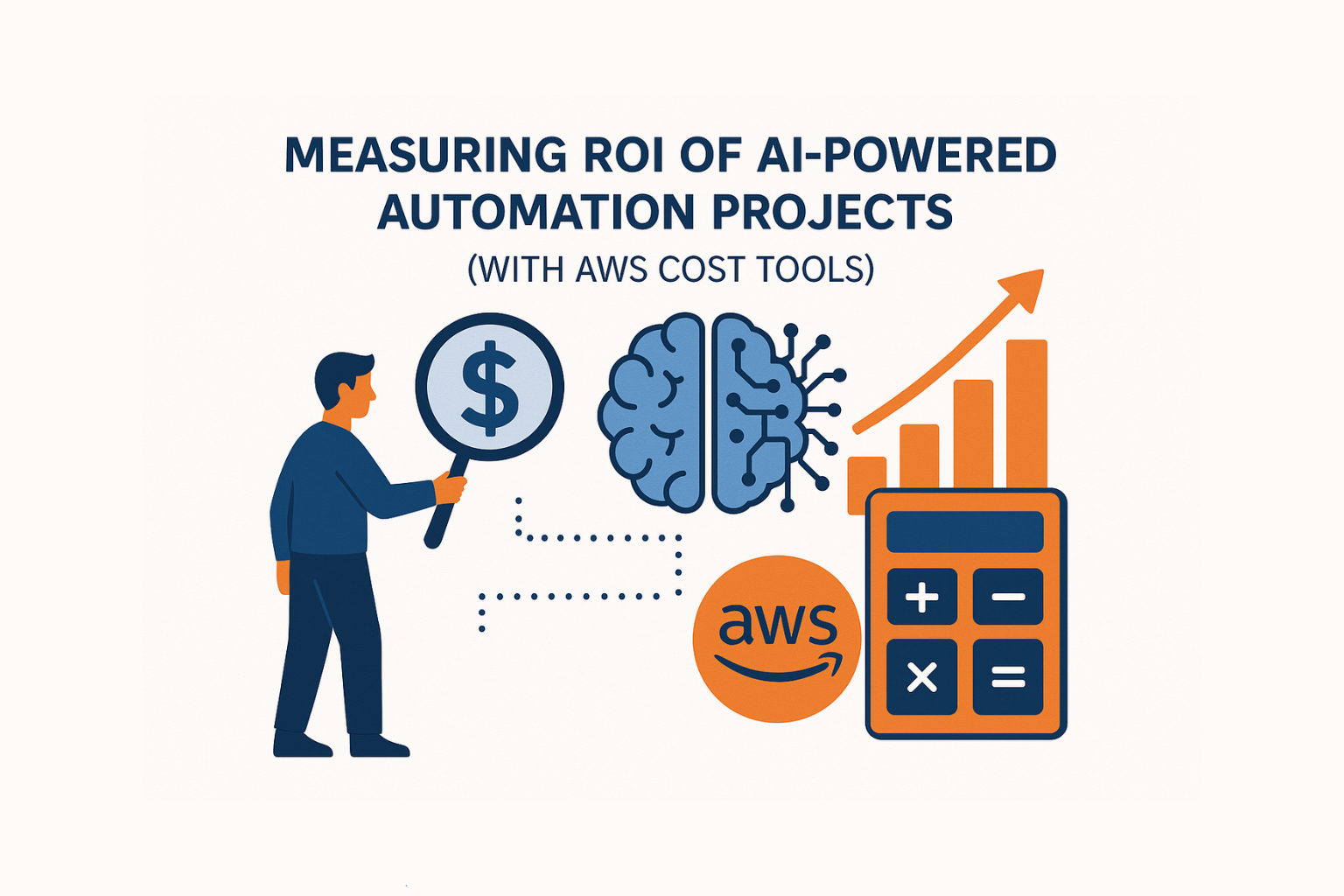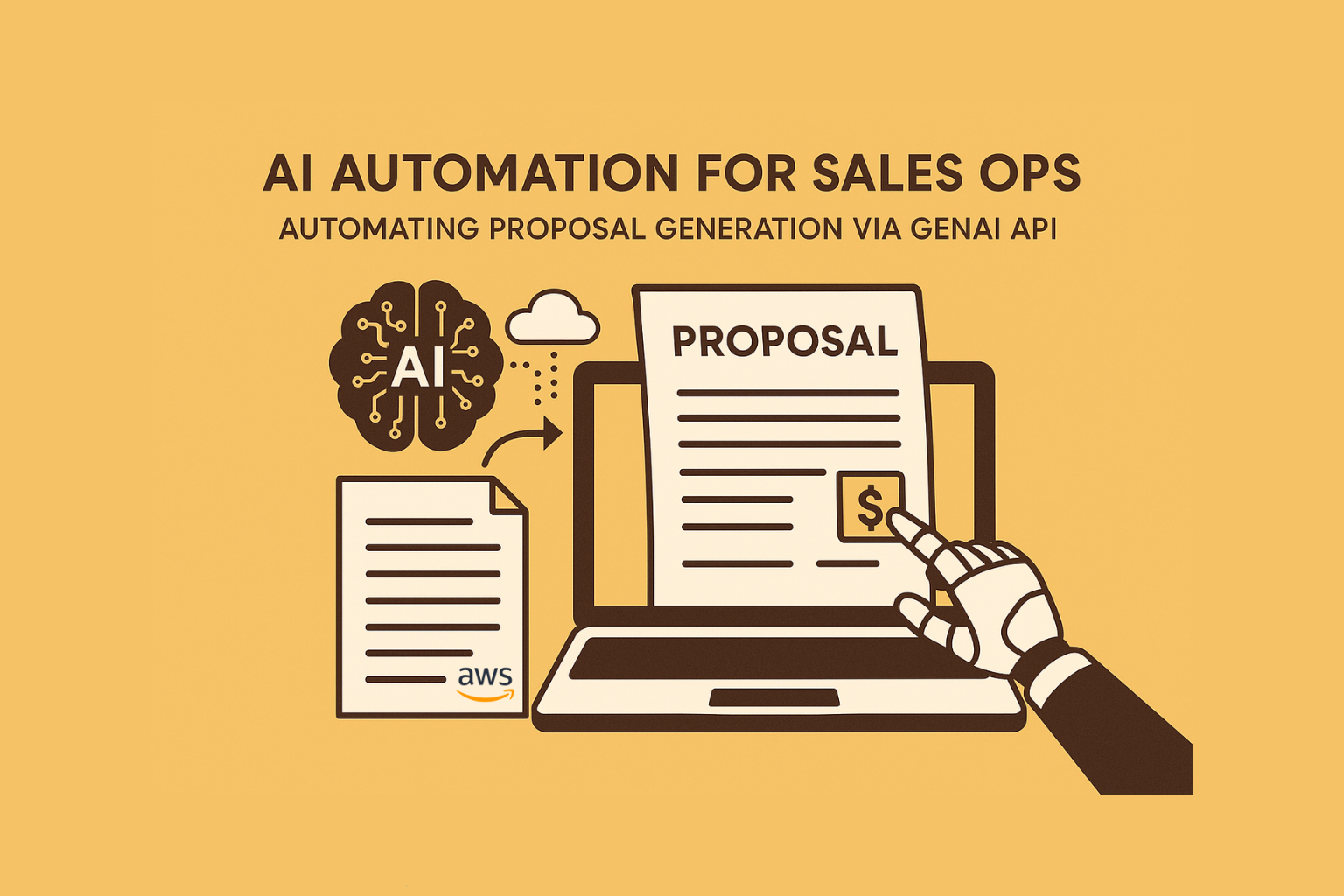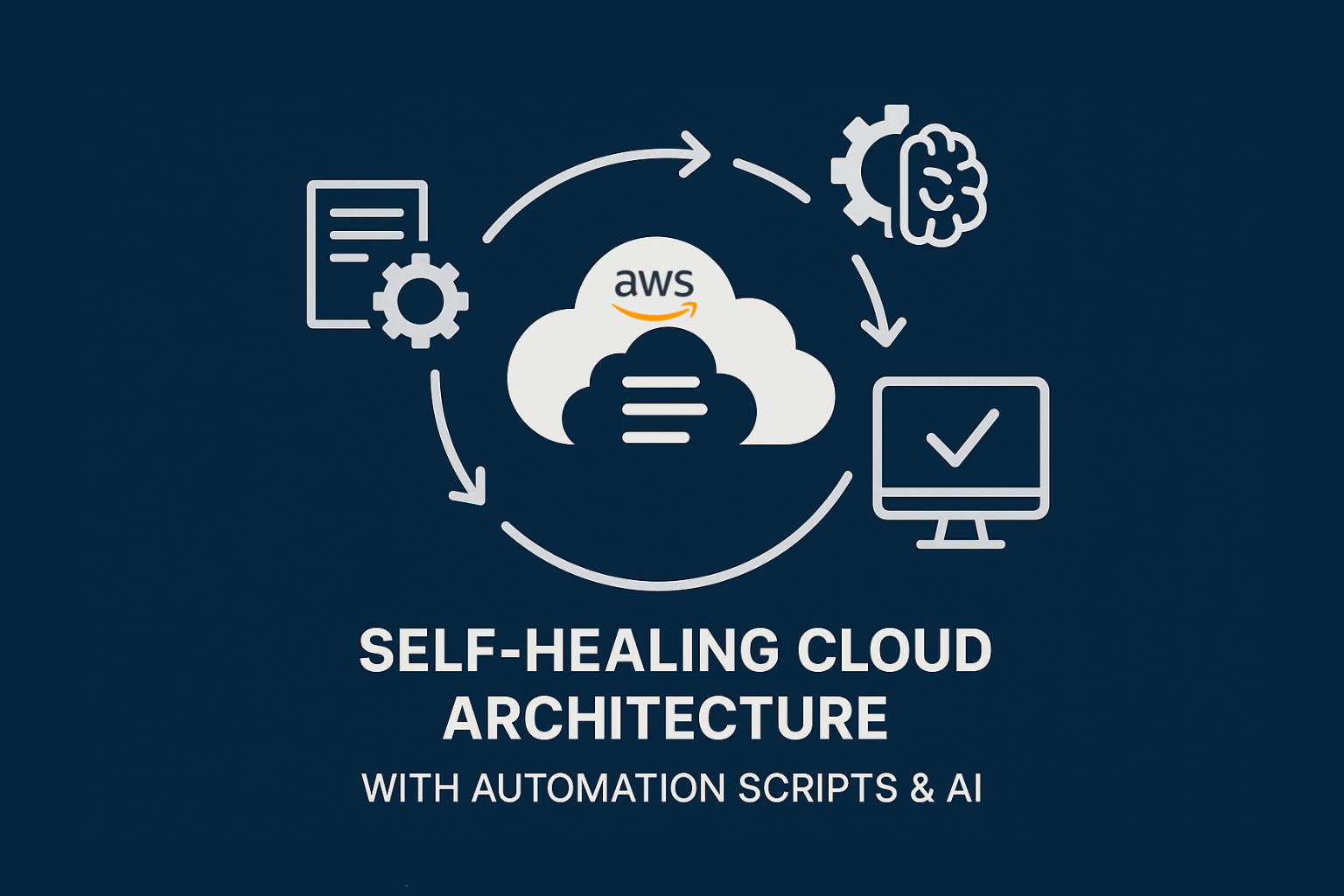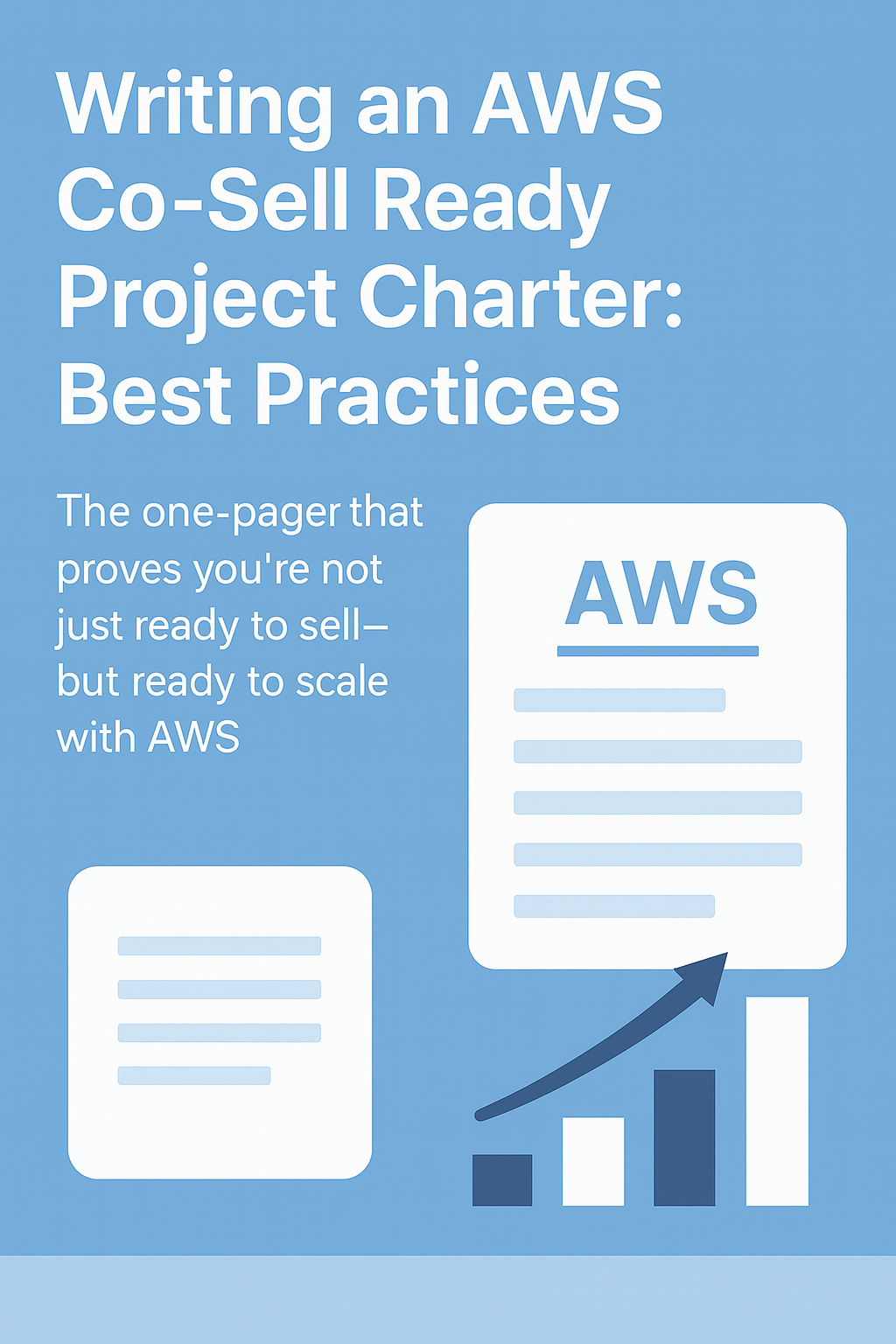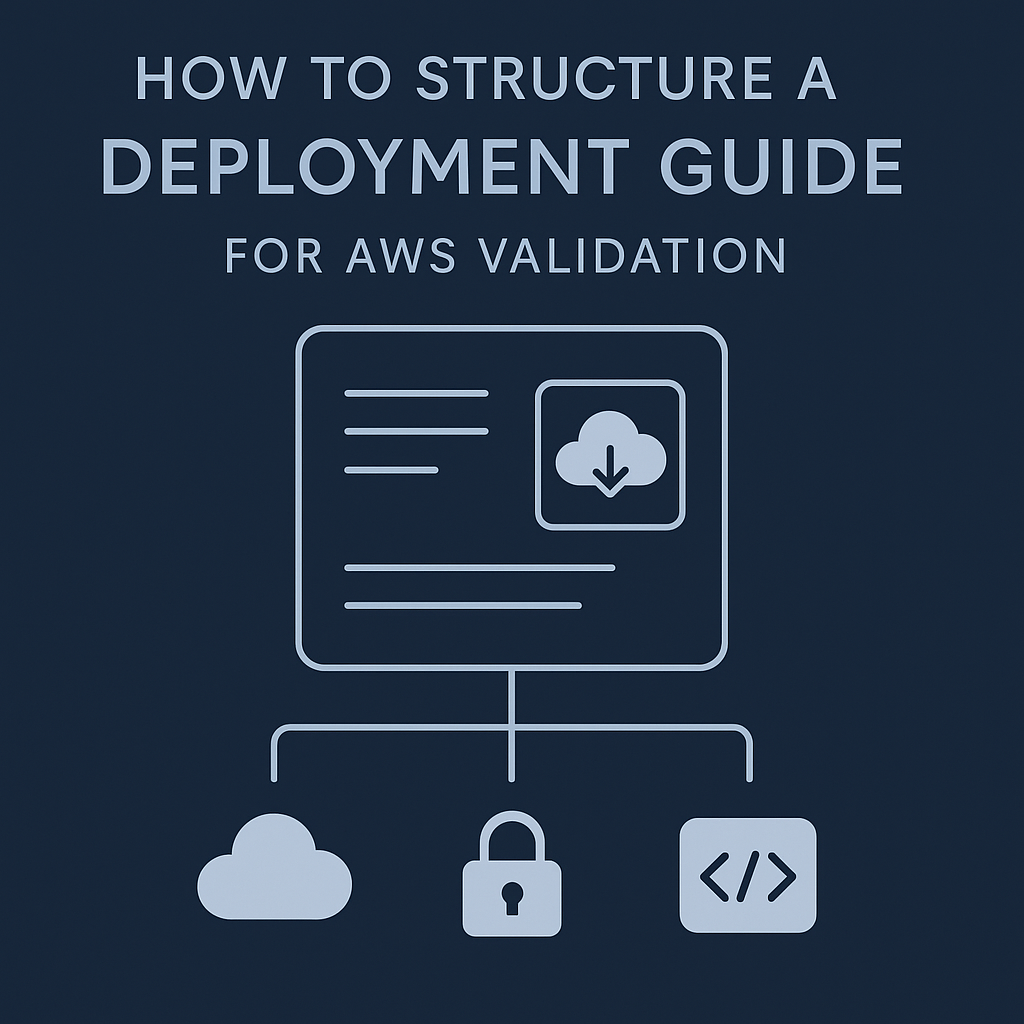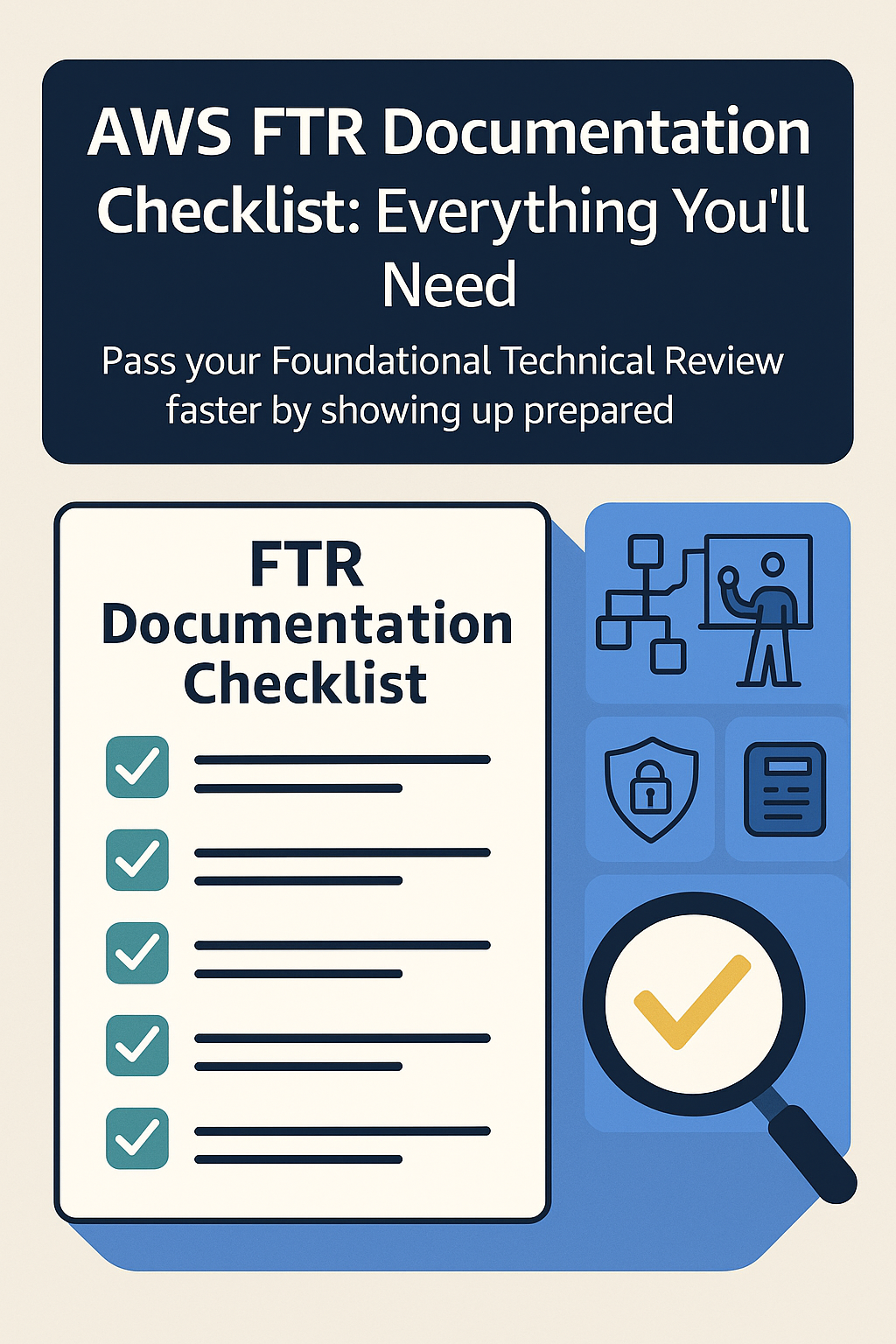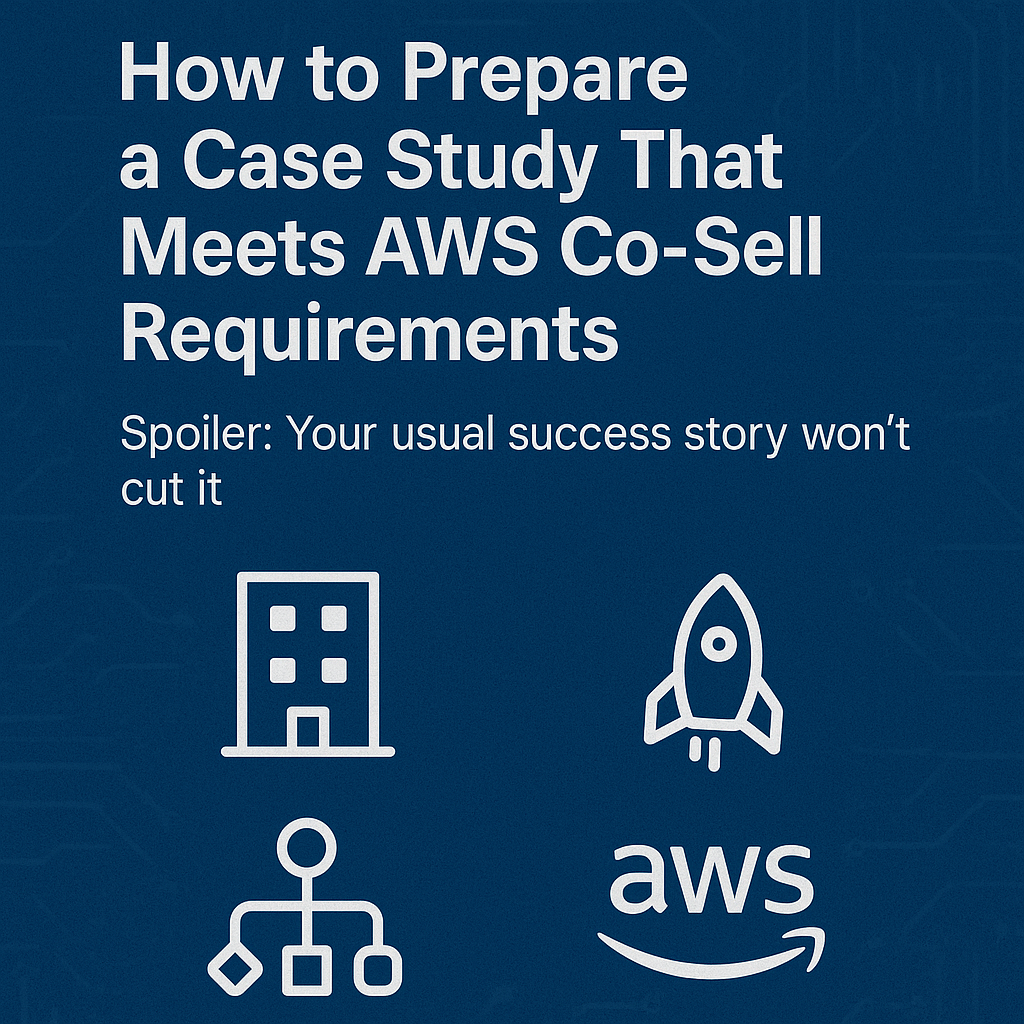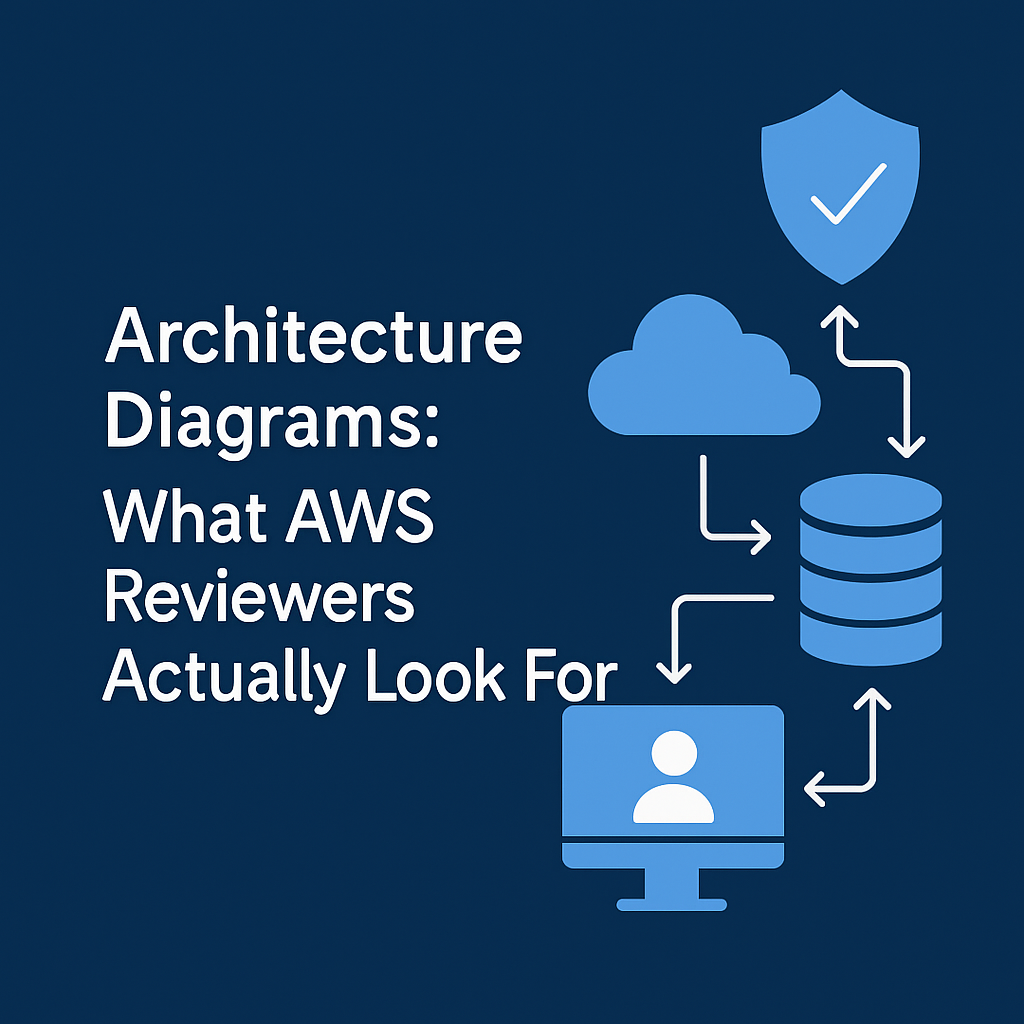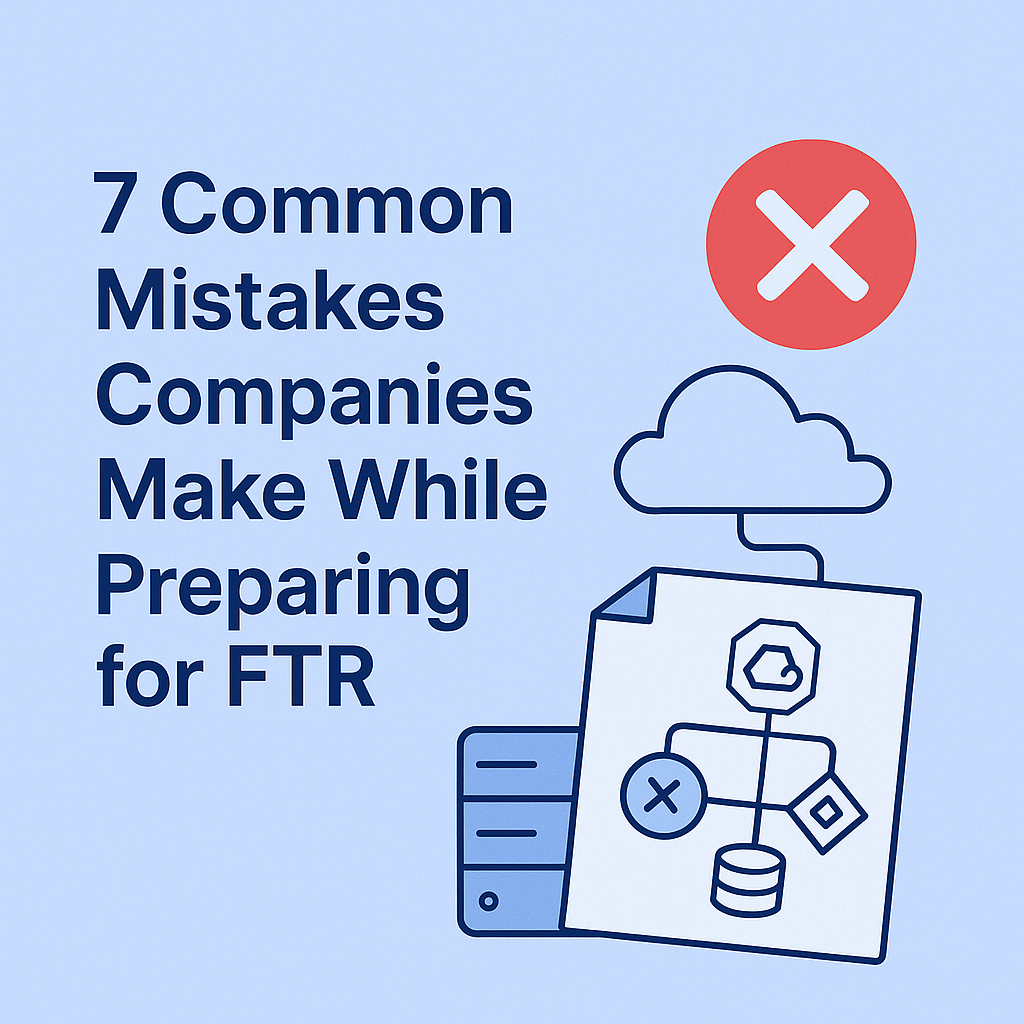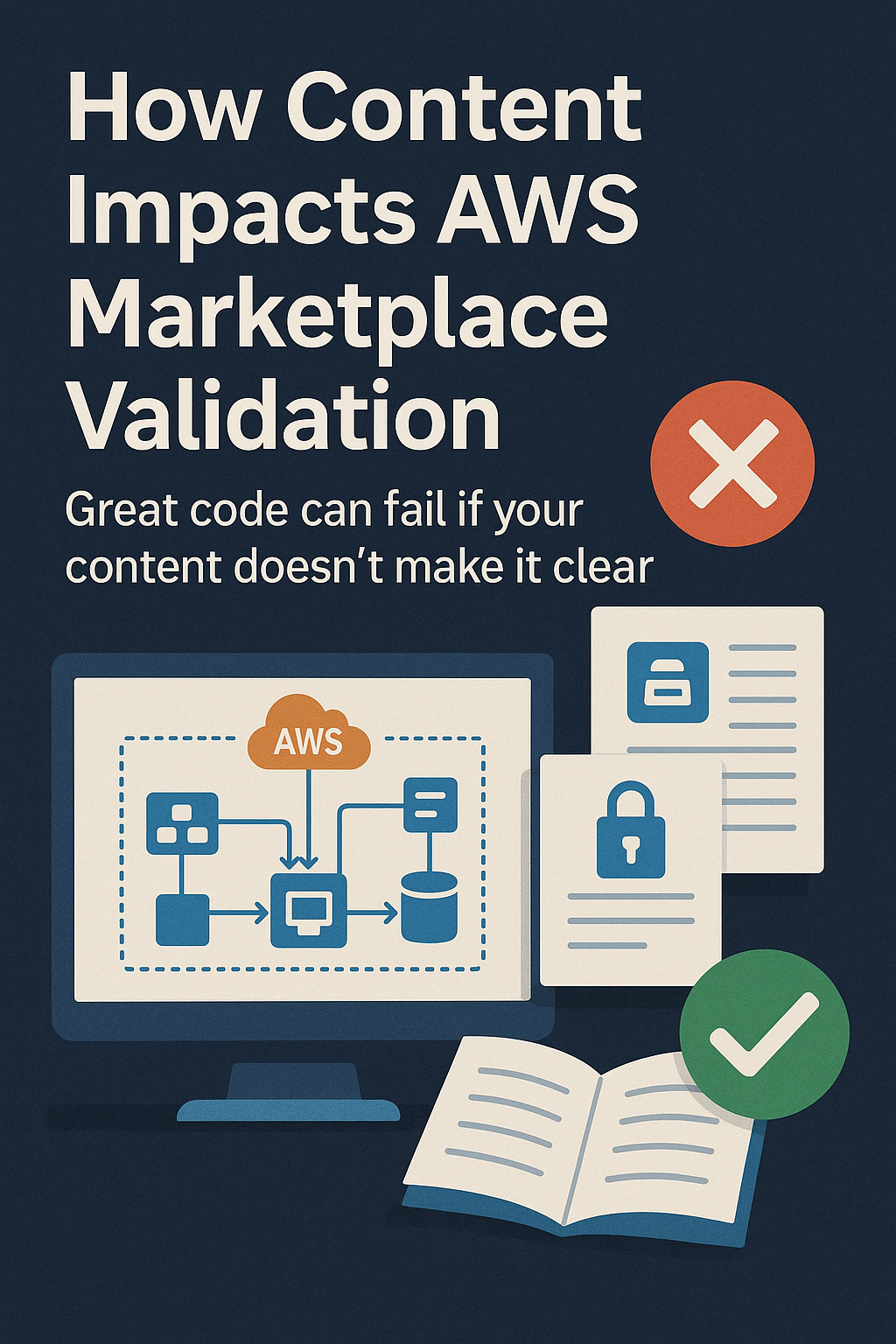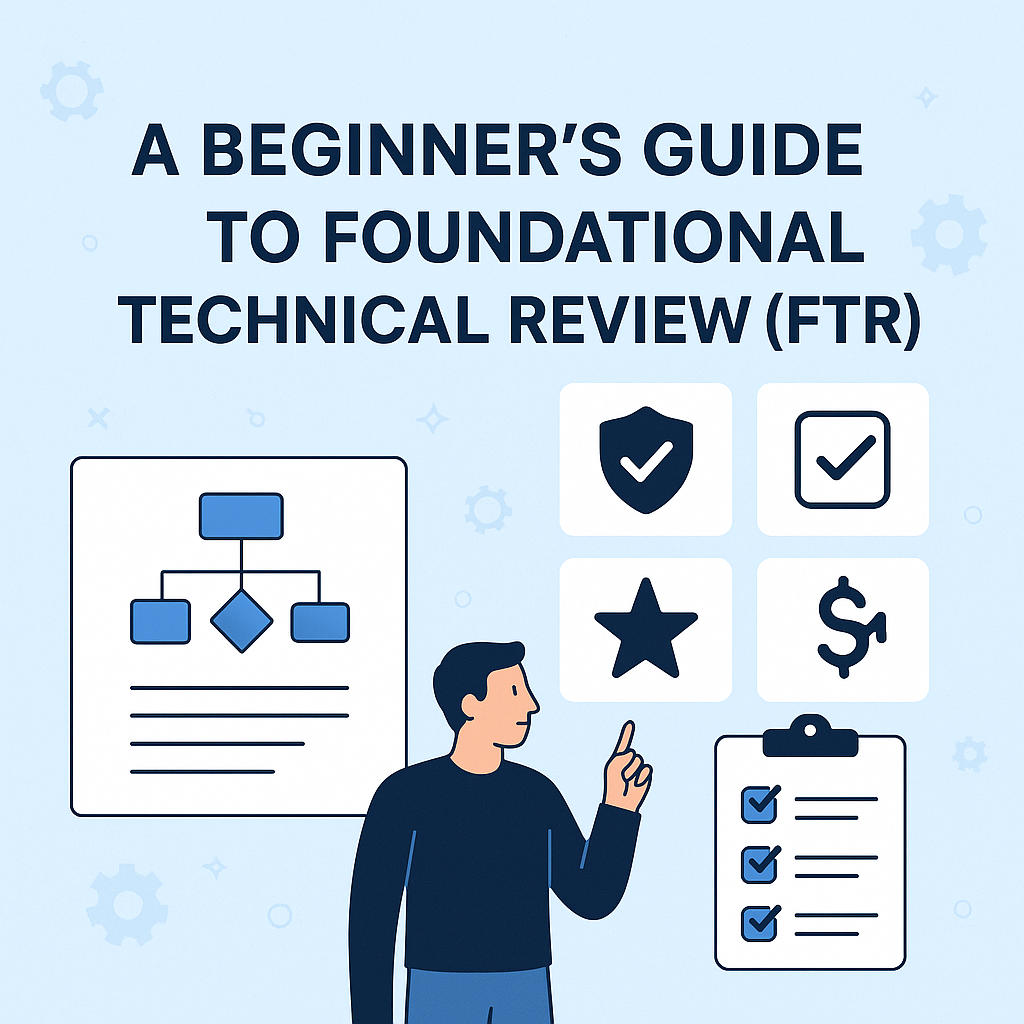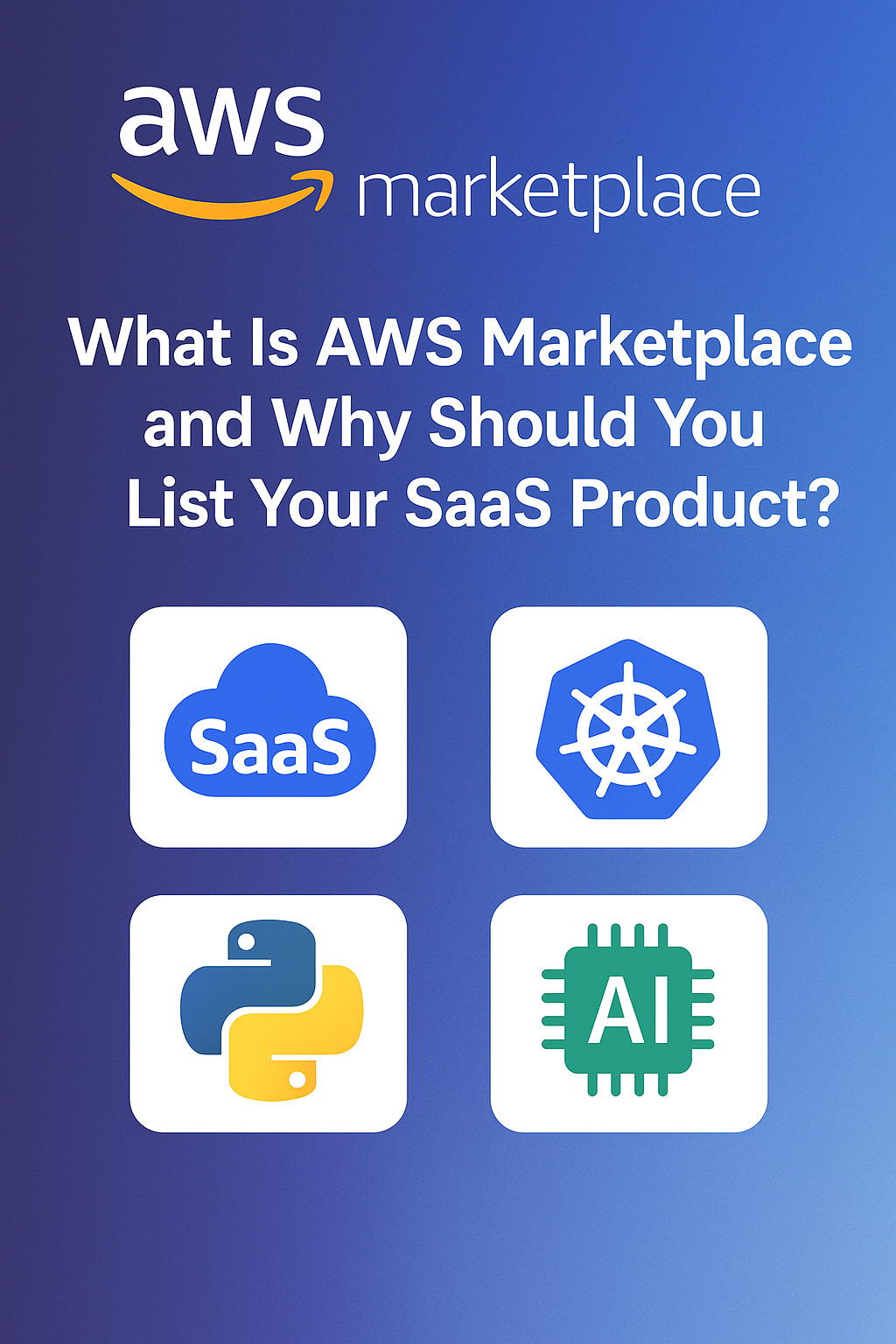Your architecture diagram isn’t just technical—it’s the backbone of your sales story.
Introduction
You’ve got your AWS architecture nailed down.
Your diagram shows the perfect mix of S3, Lambda, RDS, VPCs, and CloudTrail.
But here’s what most AWS Partners miss:
That diagram doesn’t just explain your infrastructure; it tells your product’s story.
And when used right, it can drive faster sales, stronger Co-Sell alignment, and clearer customer onboarding.
In this article, we’ll show you how to convert a technical architecture into a go-to-market (GTM) storytelling asset, one that works across AWS validation, sales enablement, and product marketing.
Why Architecture Needs Storytelling
A good cloud architecture shows:
- Scale
- Security
- Redundancy
- Integration points
But a great architecture story shows:
- How it solves real problems
- Who benefits at each layer
- Why AWS is critical to the solution’s success
- What tradeoffs were made (and why they matter to the buyer)
It’s not about what services you used—it’s about why those services matter to the people reading it.
The 4-Part Cloud Architecture Narrative Framework
Use this storytelling arc to build a repeatable GTM asset around your infrastructure:
| Step | Narrative Focus | Example |
|---|---|---|
| Problem Context | What pain is the buyer facing? | “Financial teams struggle with real-time fraud detection due to batch processing delays.” |
| AWS-Powered Solution | How is your product deployed to fix this? | “We used Kinesis and Lambda to create a real-time ingestion pipeline that flags anomalies under 2 seconds.” |
| Architecture Walkthrough | Map each AWS service to an outcome | “Amazon S3 stores historical transaction data, which feeds Redshift for analytics via scheduled Glue jobs.” |
| Business Impact | What measurable value does this deliver? | “Fraud losses reduced by 43% in Q2. Customer onboarding time cut by 50%.” |
Where to Use Your Architecture Narrative
| Asset | Use |
|---|---|
| Marketplace Listing | Transform your static diagram into a customer-facing explanation |
| Co-Sell Briefing Deck | Help AWS Partner Managers understand what you do, not just how you deploy |
| Case Studies | Include architecture flows to build technical trust |
| Blog Posts | “How We Solved X Using AWS” = high-trust thought leadership |
| Sales Demos & Webinars | Anchor technical walkthroughs in real-world value stories |
Mistakes to Avoid
- Listing AWS services without context
Instead of: “Uses EC2, KMS, RDS…”
Say: “Used EC2 for scalable compute to support 40K+ concurrent users securely with KMS-encrypted data at rest.”
- Writing for engineers only
Your architecture narrative should work for CTOs and sales engineers, and AWS Partner Managers.
- Forgetting business outcomes
Cloud buyers don’t just want to know how, they want to know why it matters.
Storytelling > Spec Sheets
Think of your architecture like a movie scene:
- The characters = AWS services
- The plot = your buyer’s journey
- The outcome = what changes once your product is deployed
If your content tells this story, AWS sellers will pitch it for you.
Conclusion
A static AWS architecture diagram tells people what’s there.
A cloud GTM story tells them what’s possible and why it matters.
If you want more sales, more Co-Sell support, and more trust in your product, turn your architecture into a narrative that travels.
Want help turning your AWS deployment into a GTM story?
Contact us for more details.

